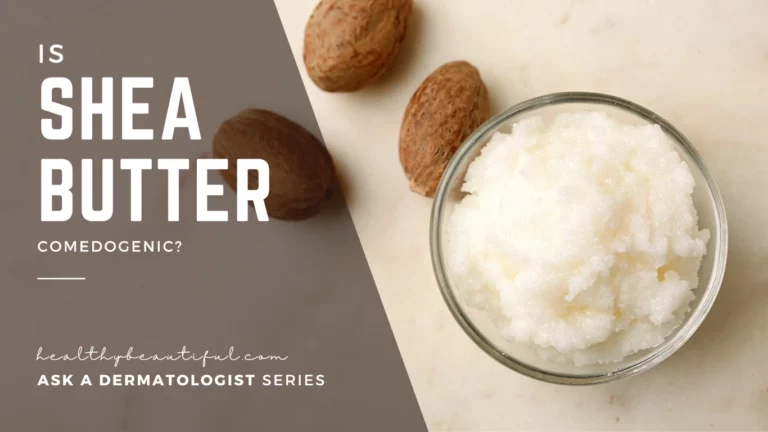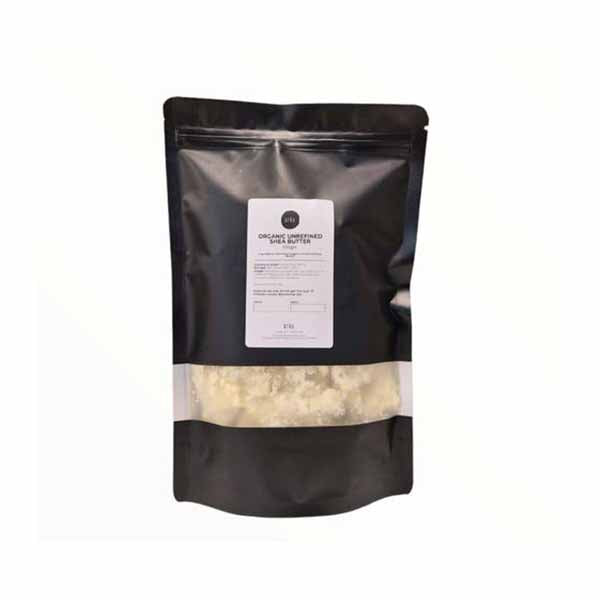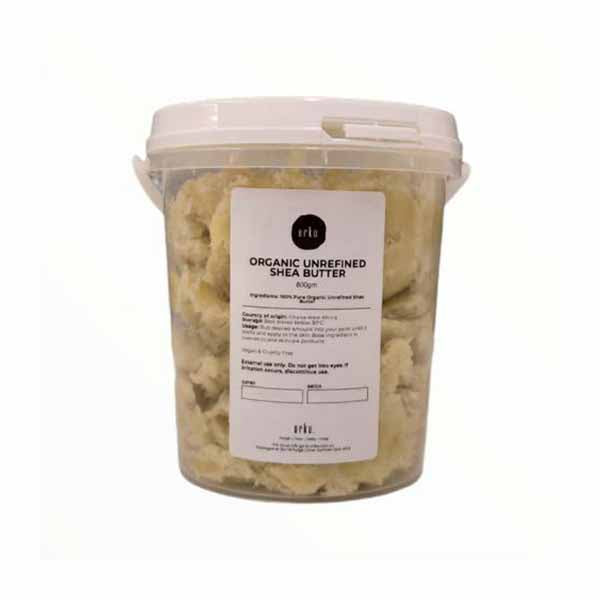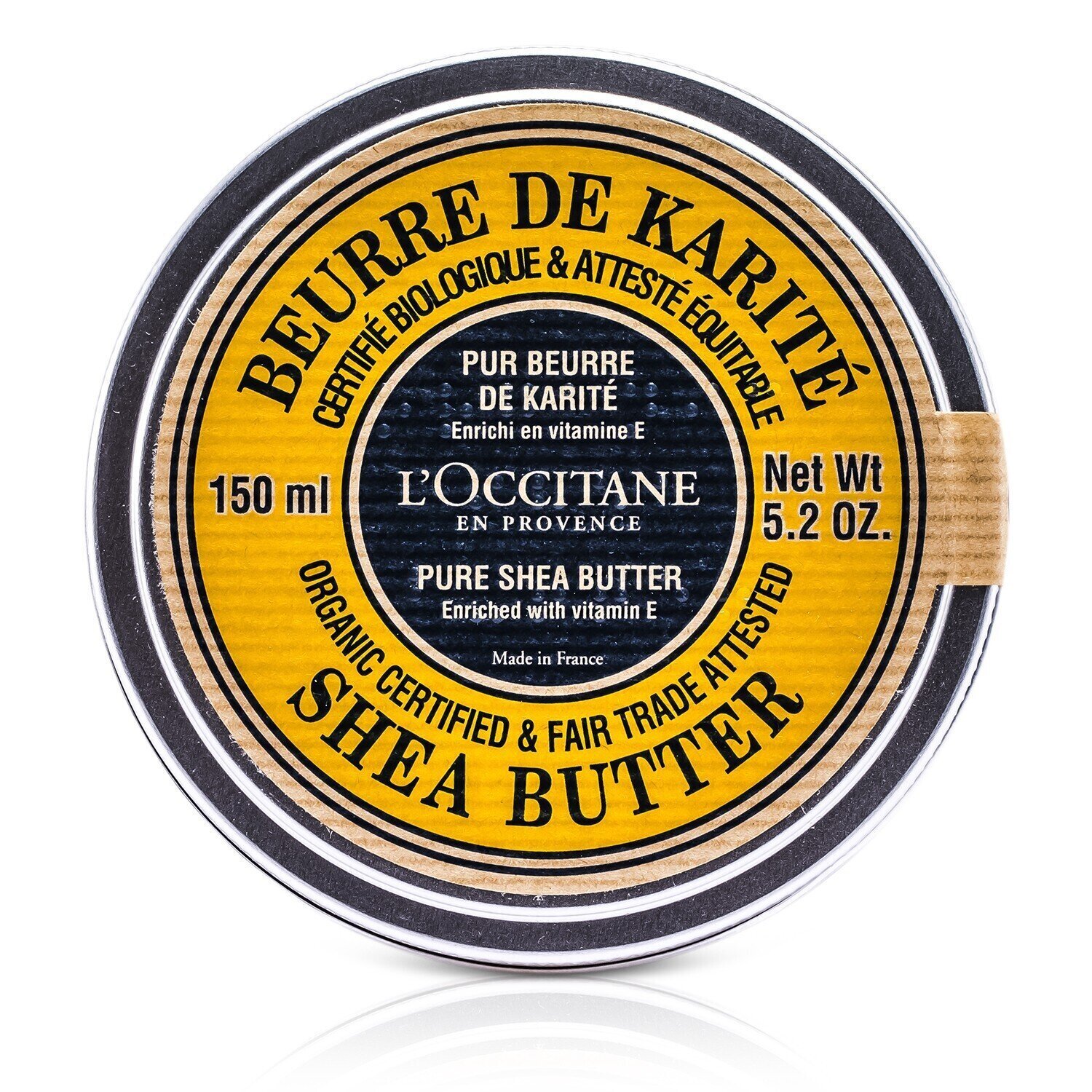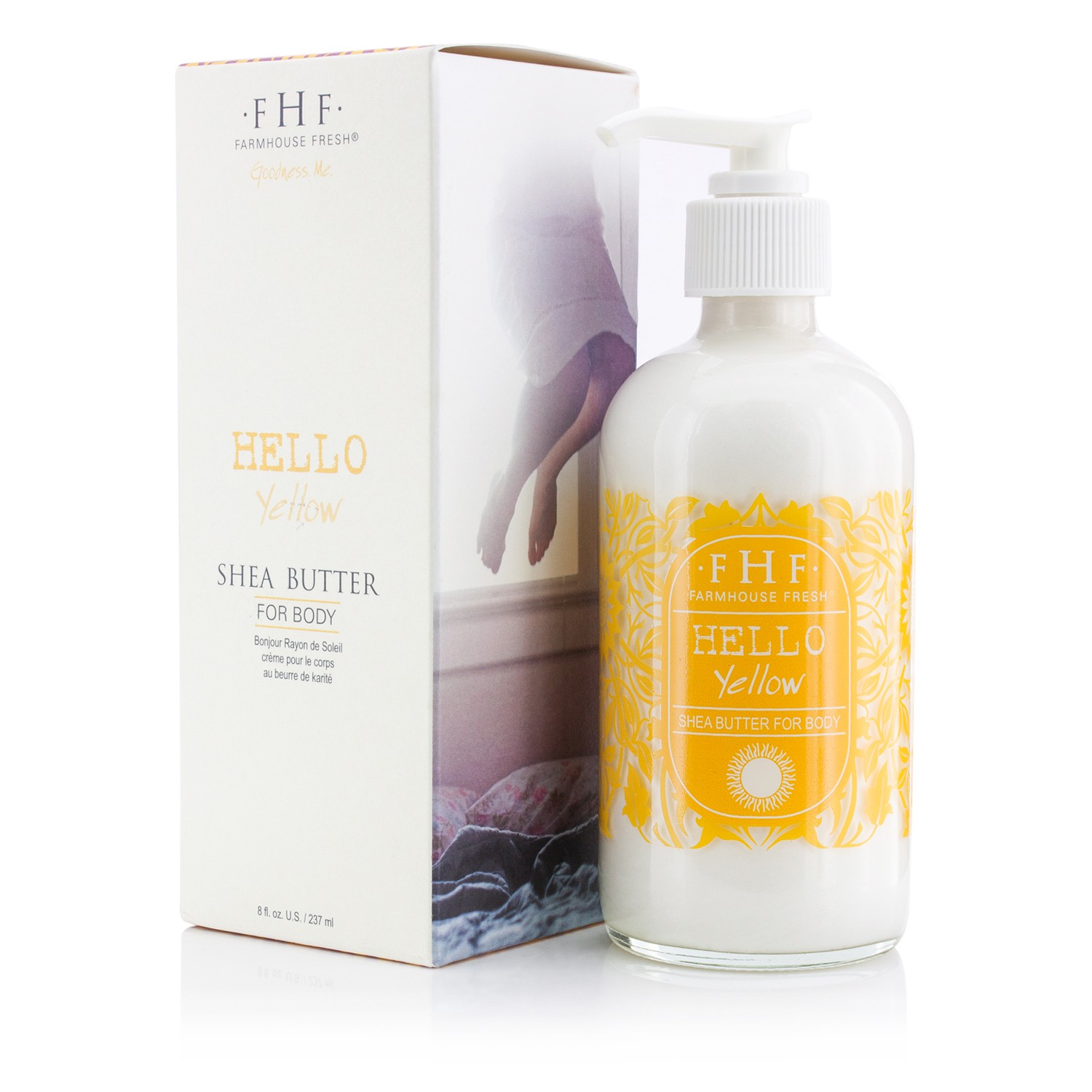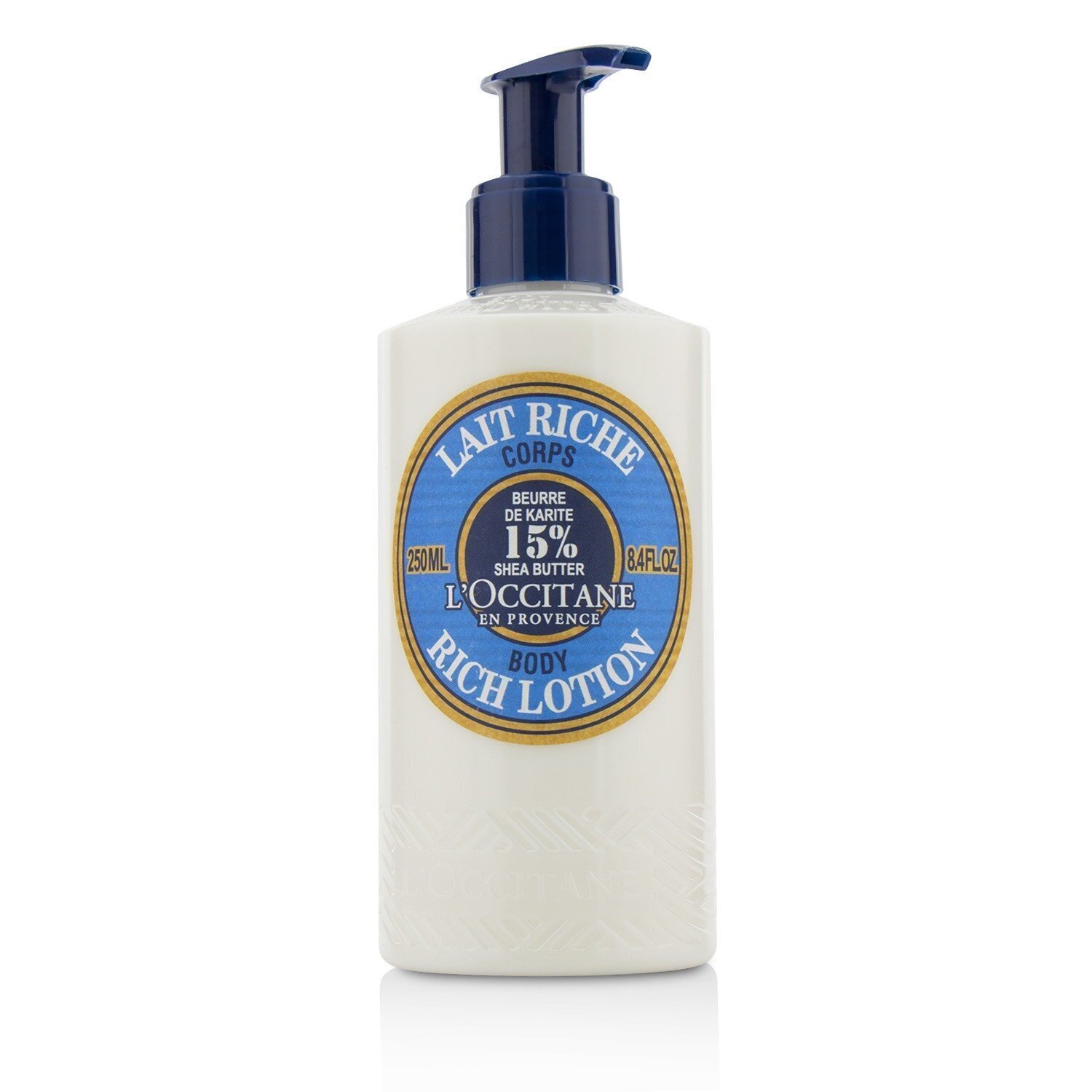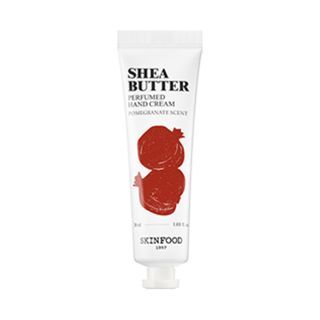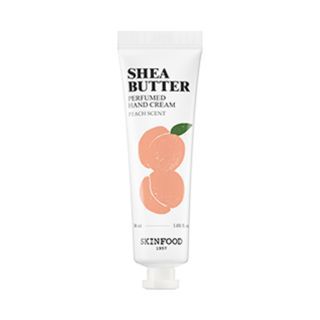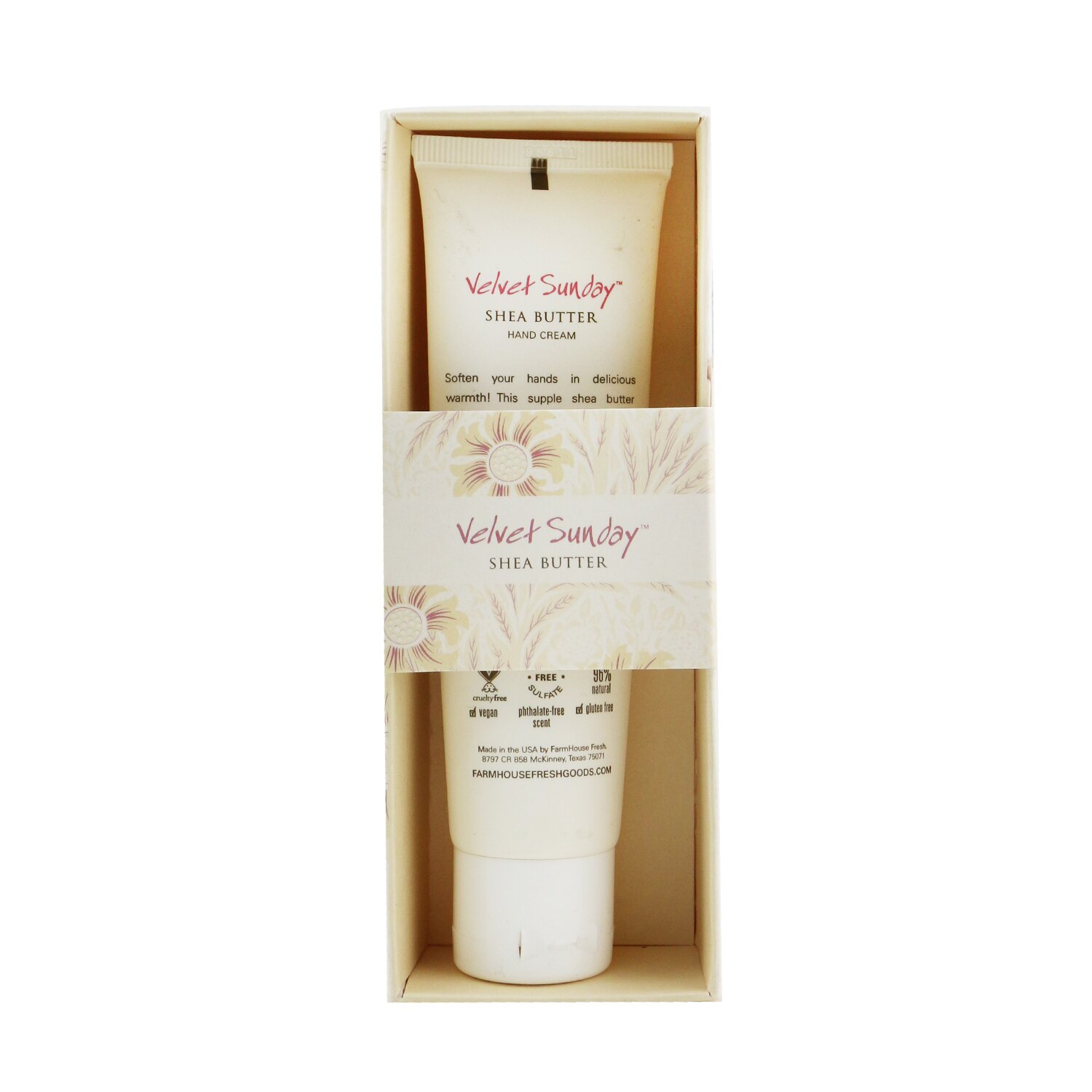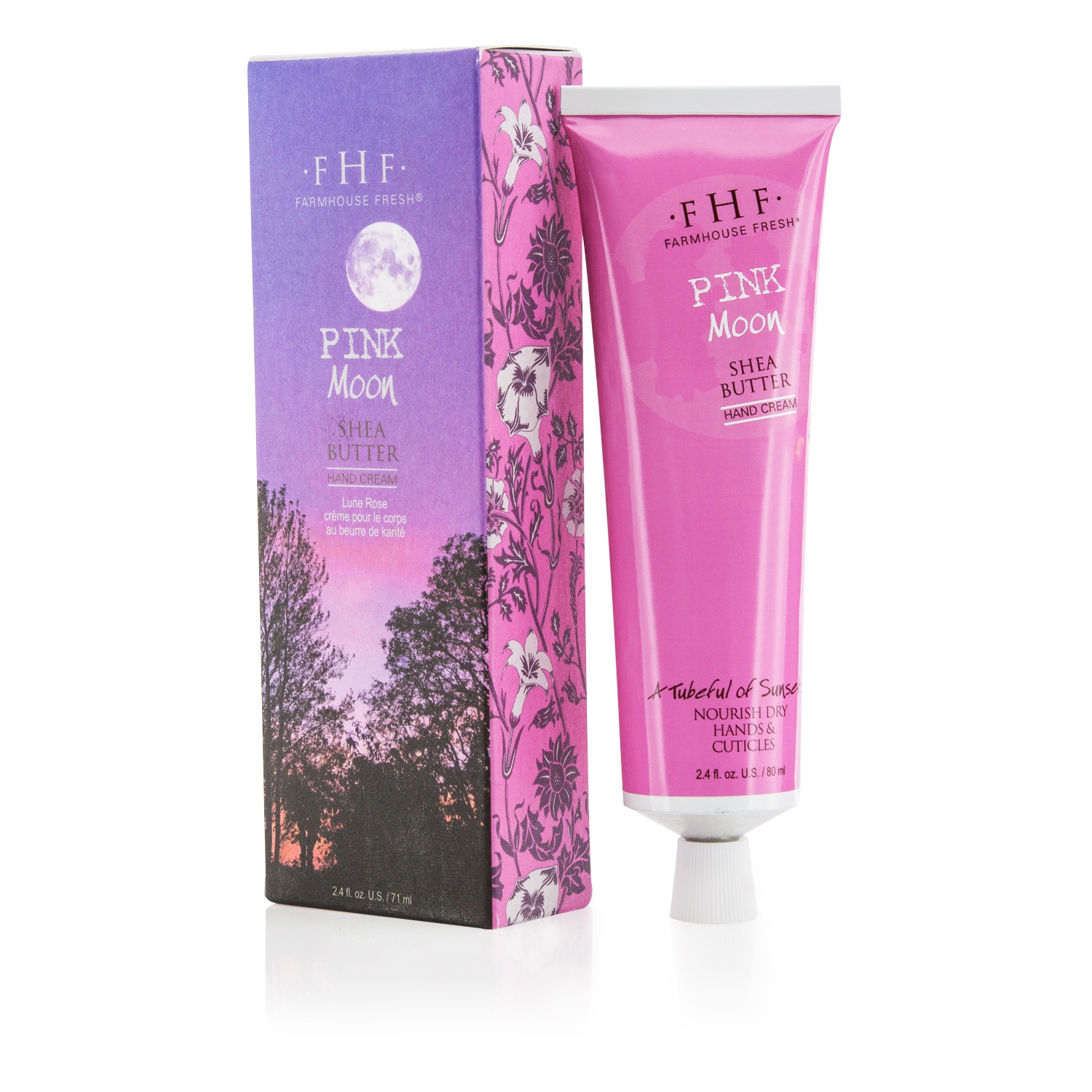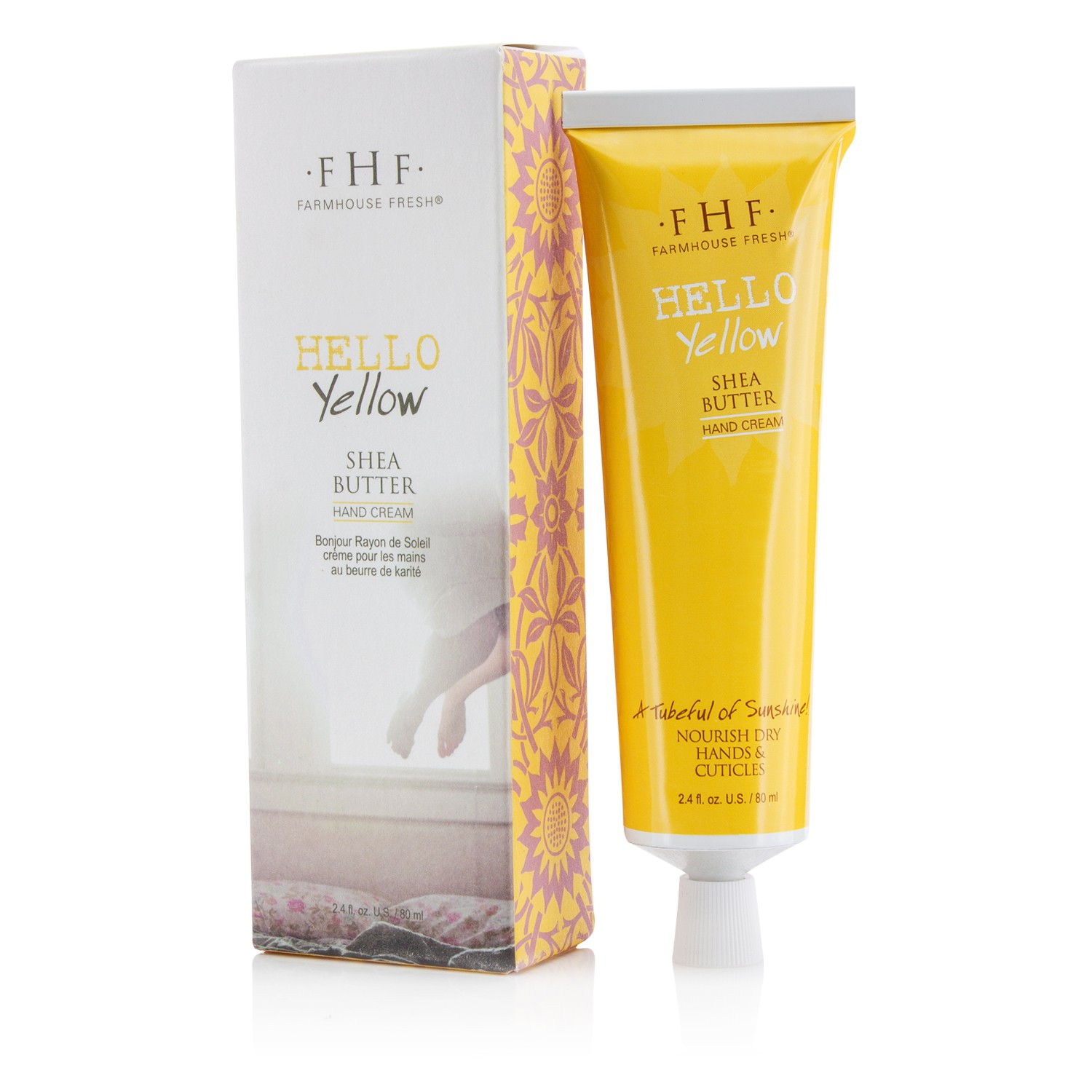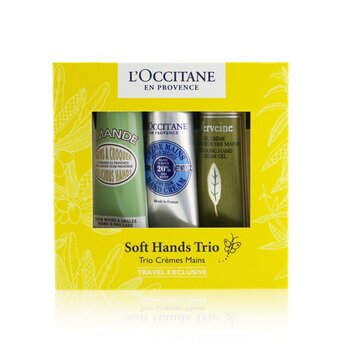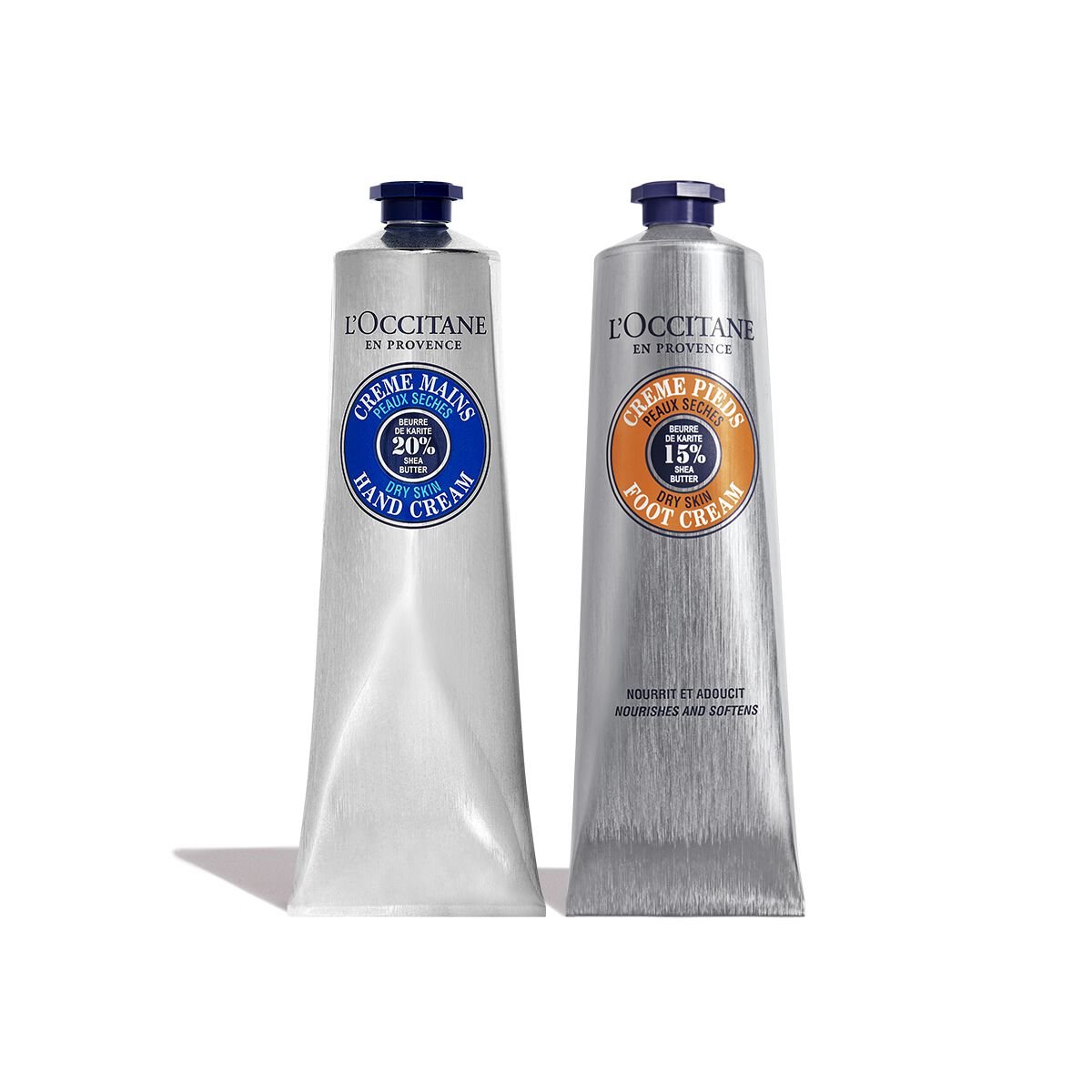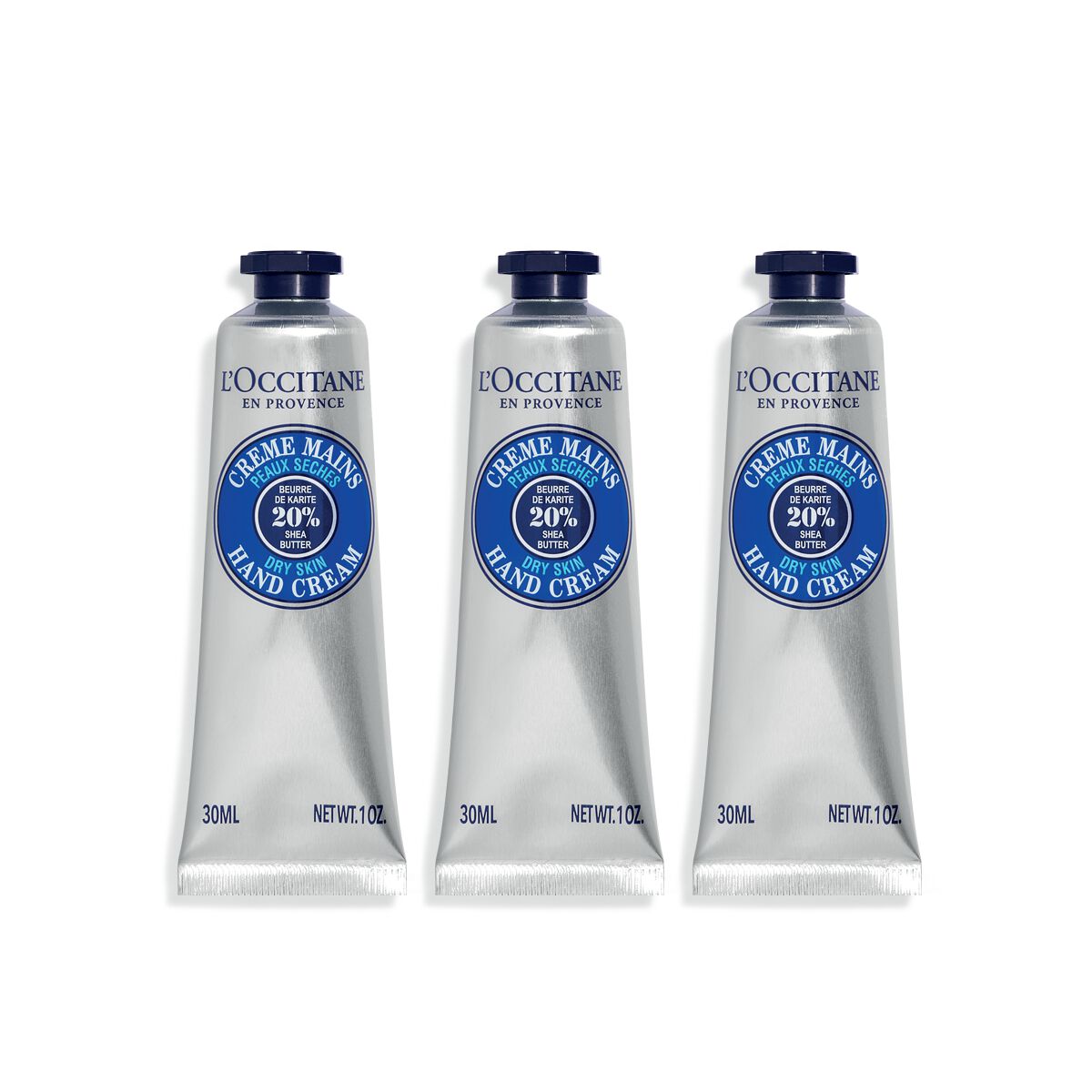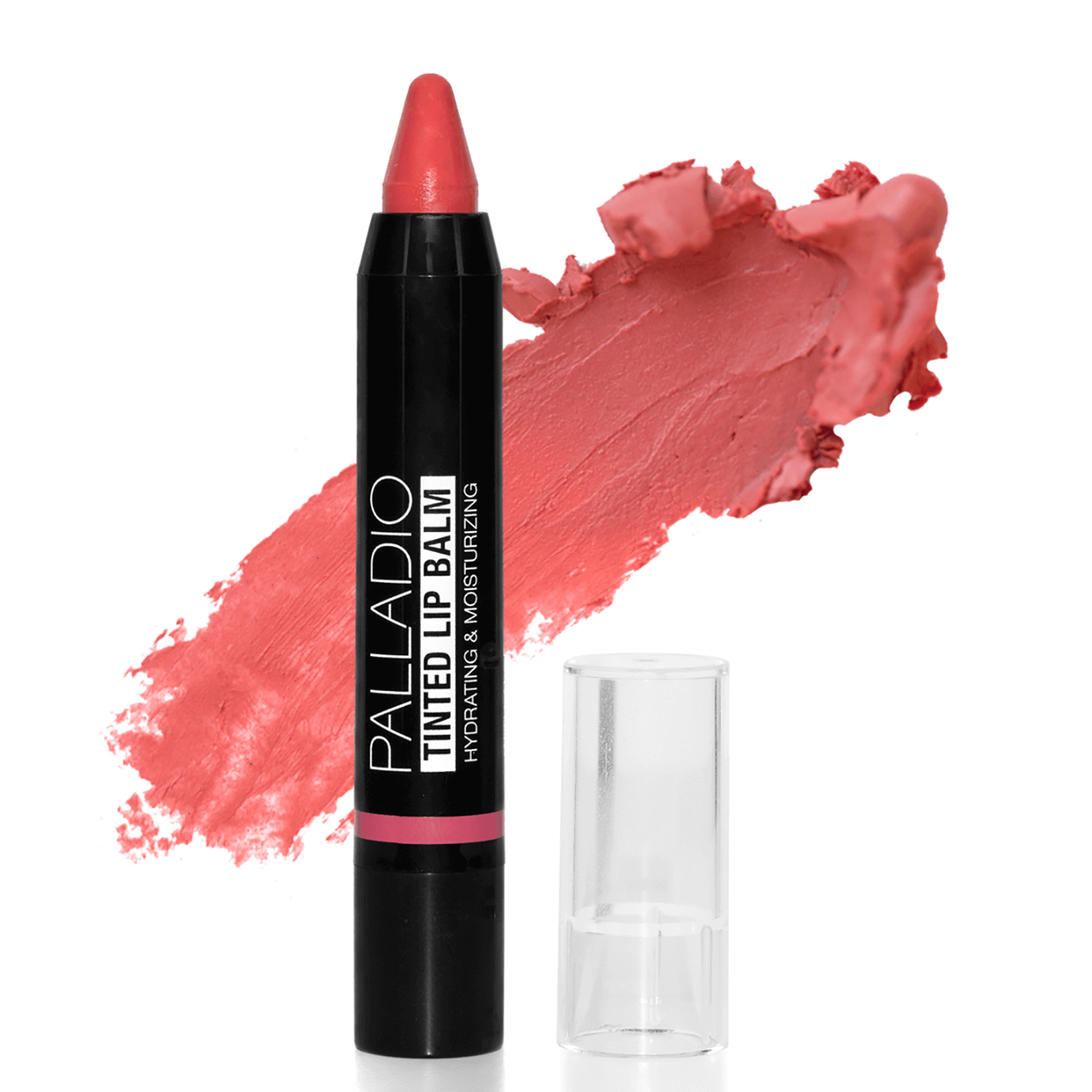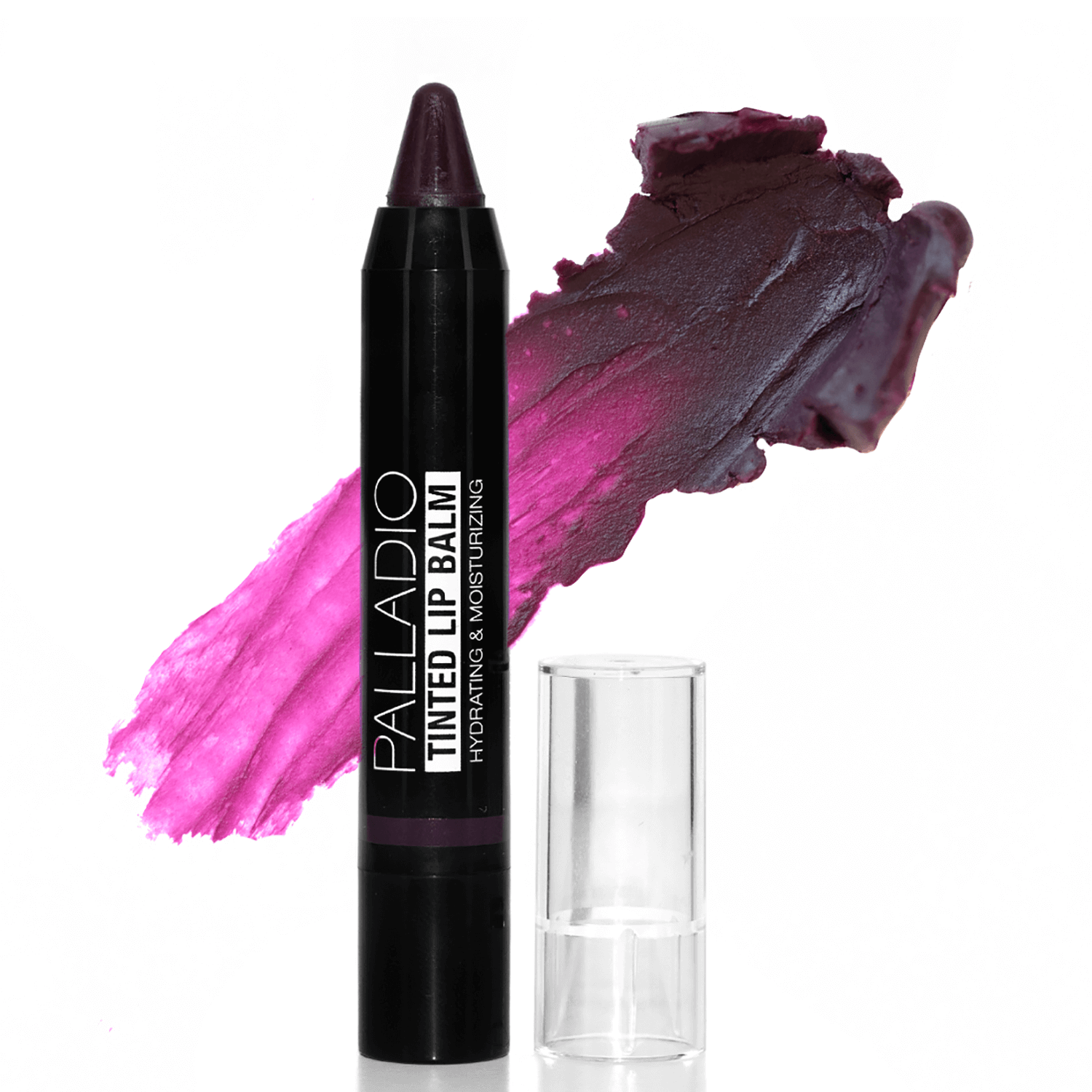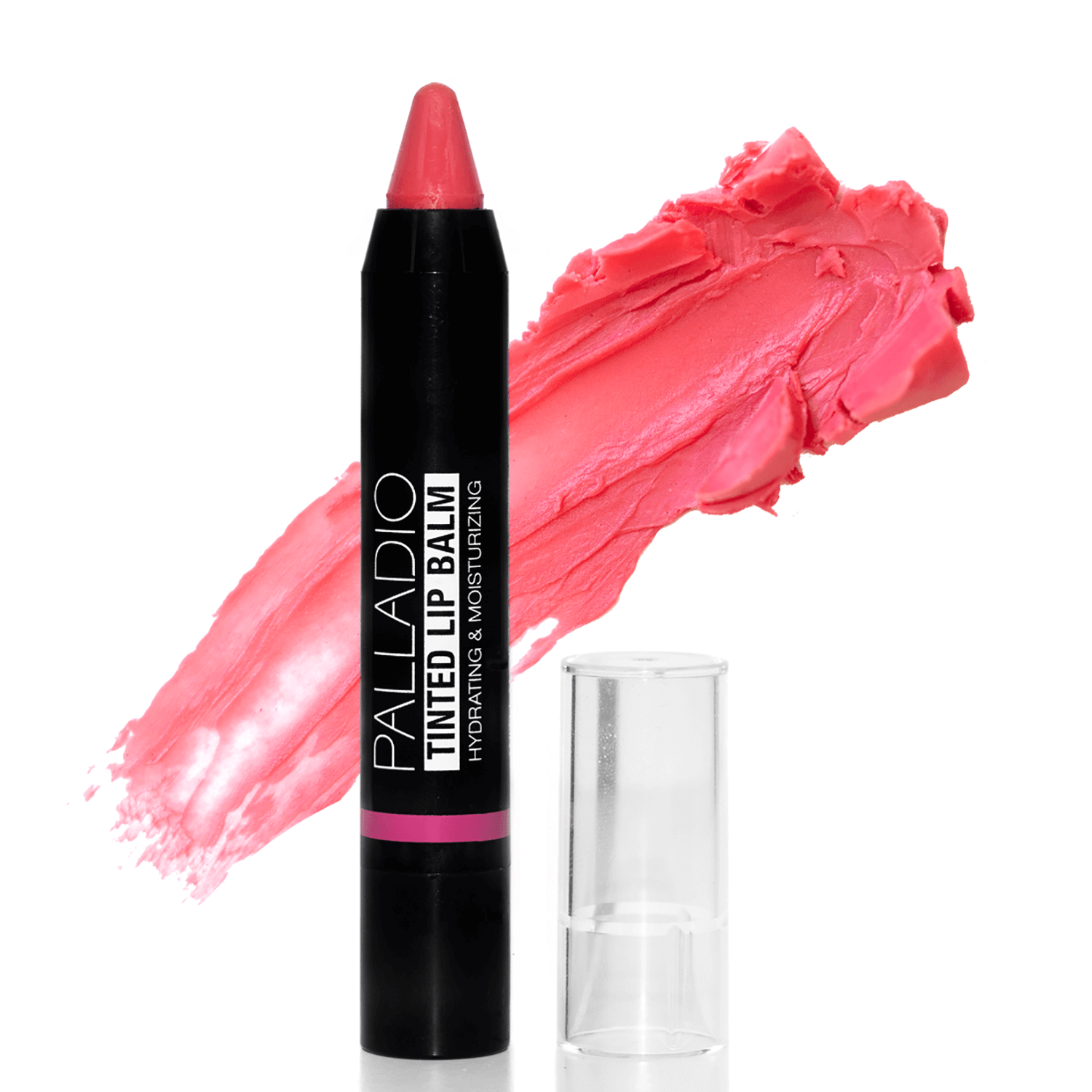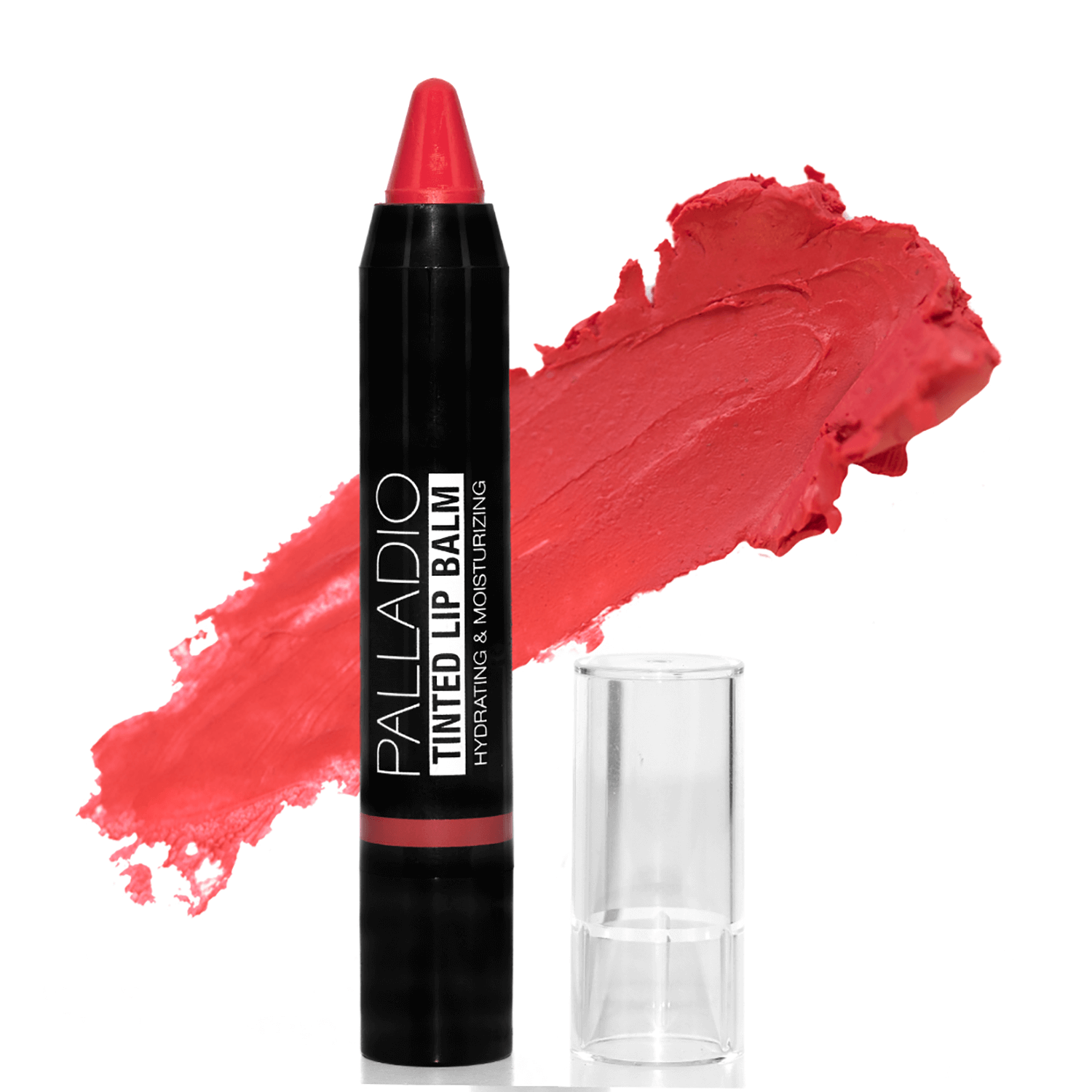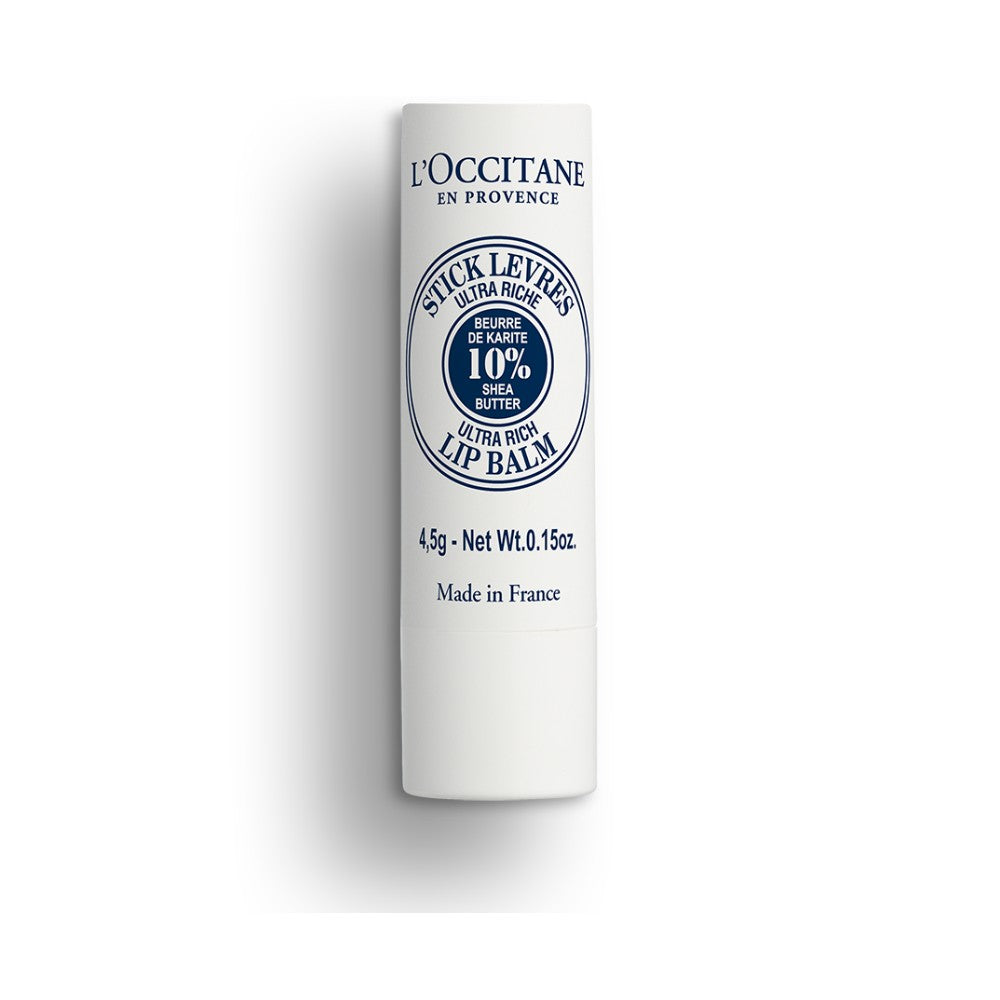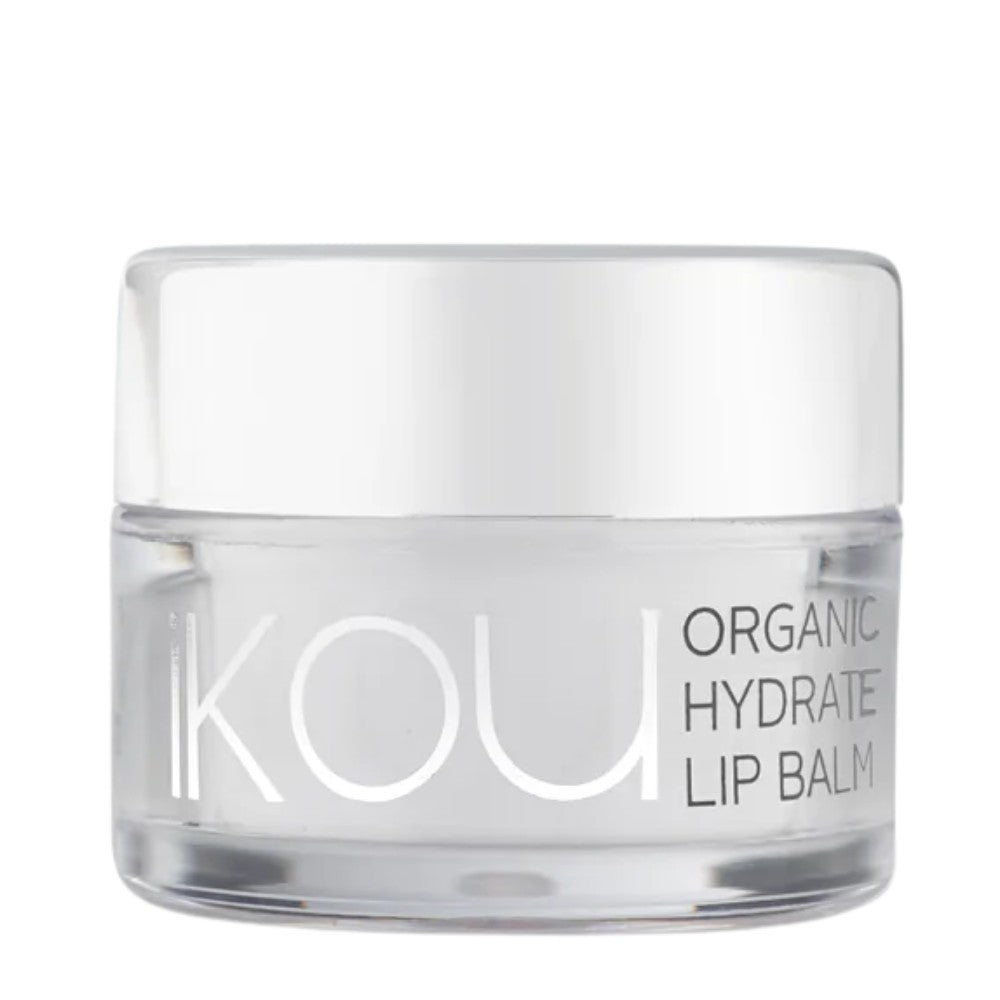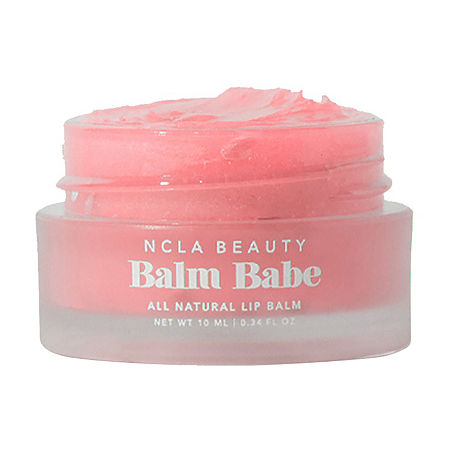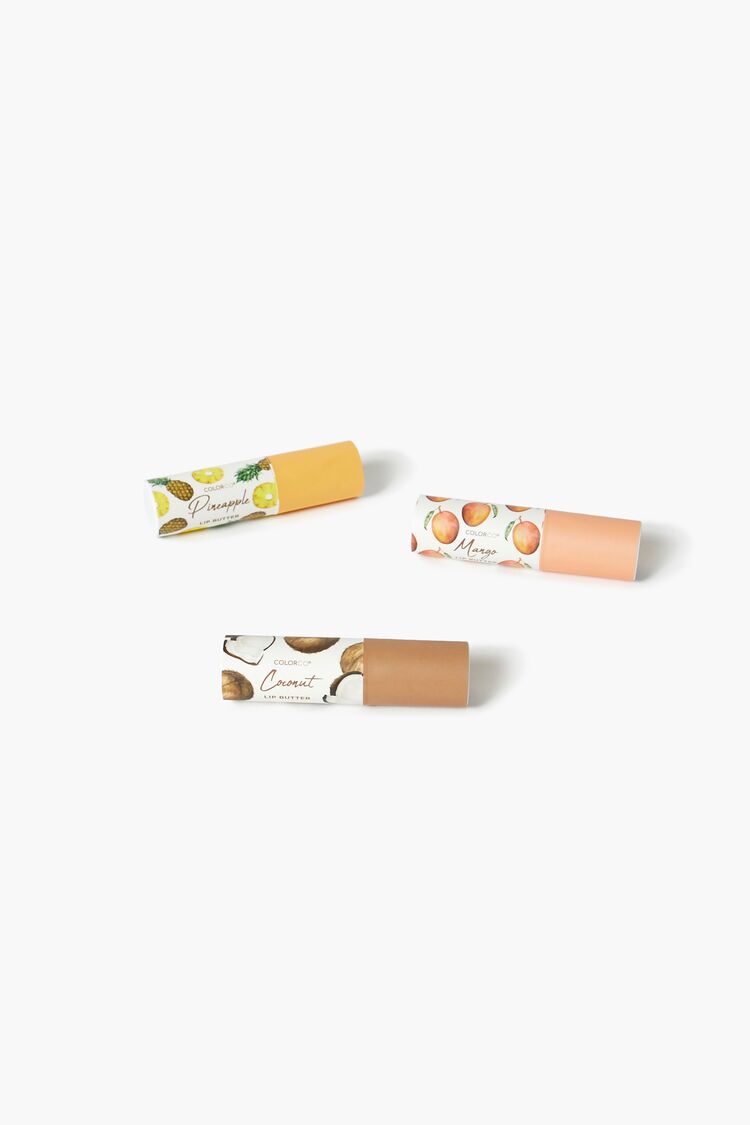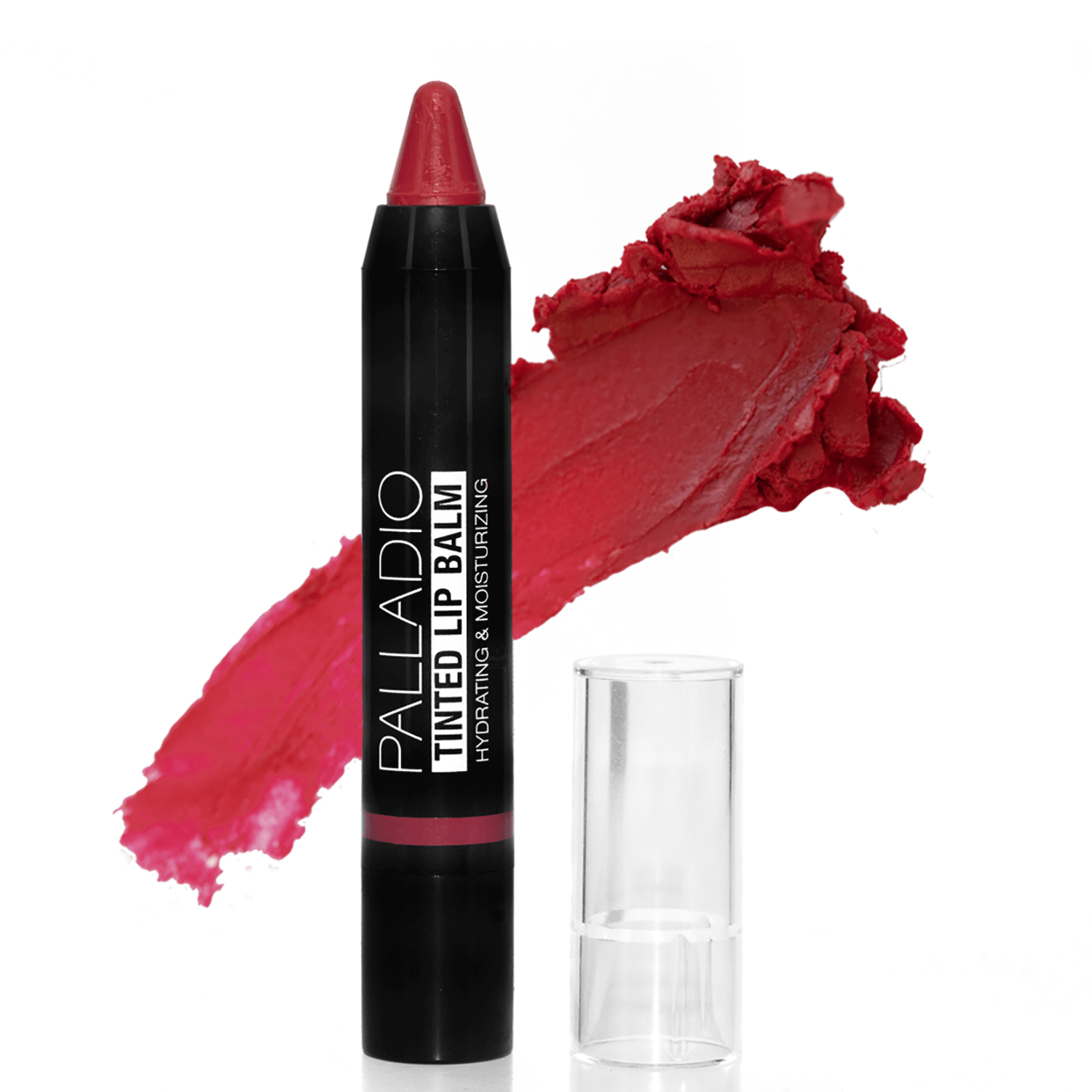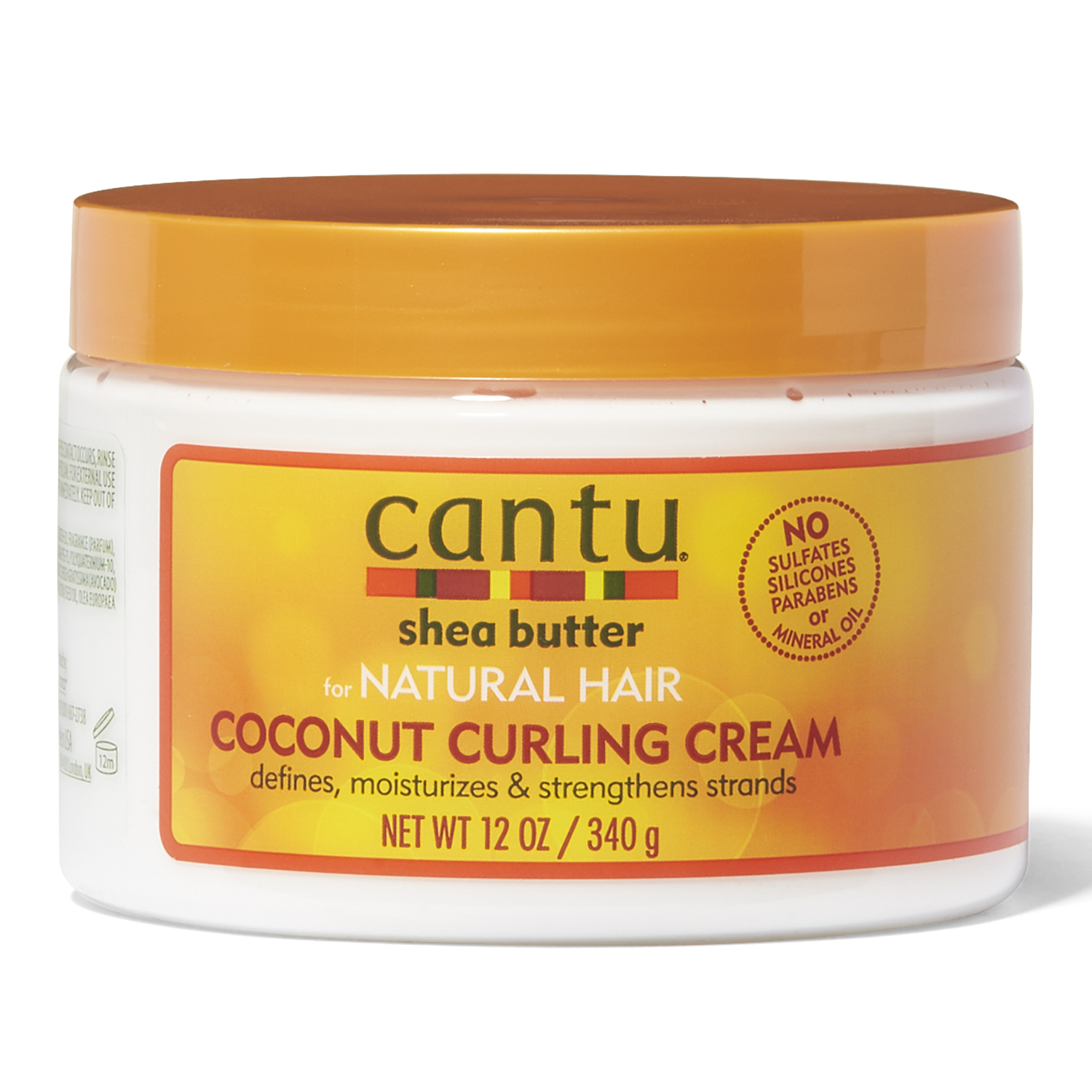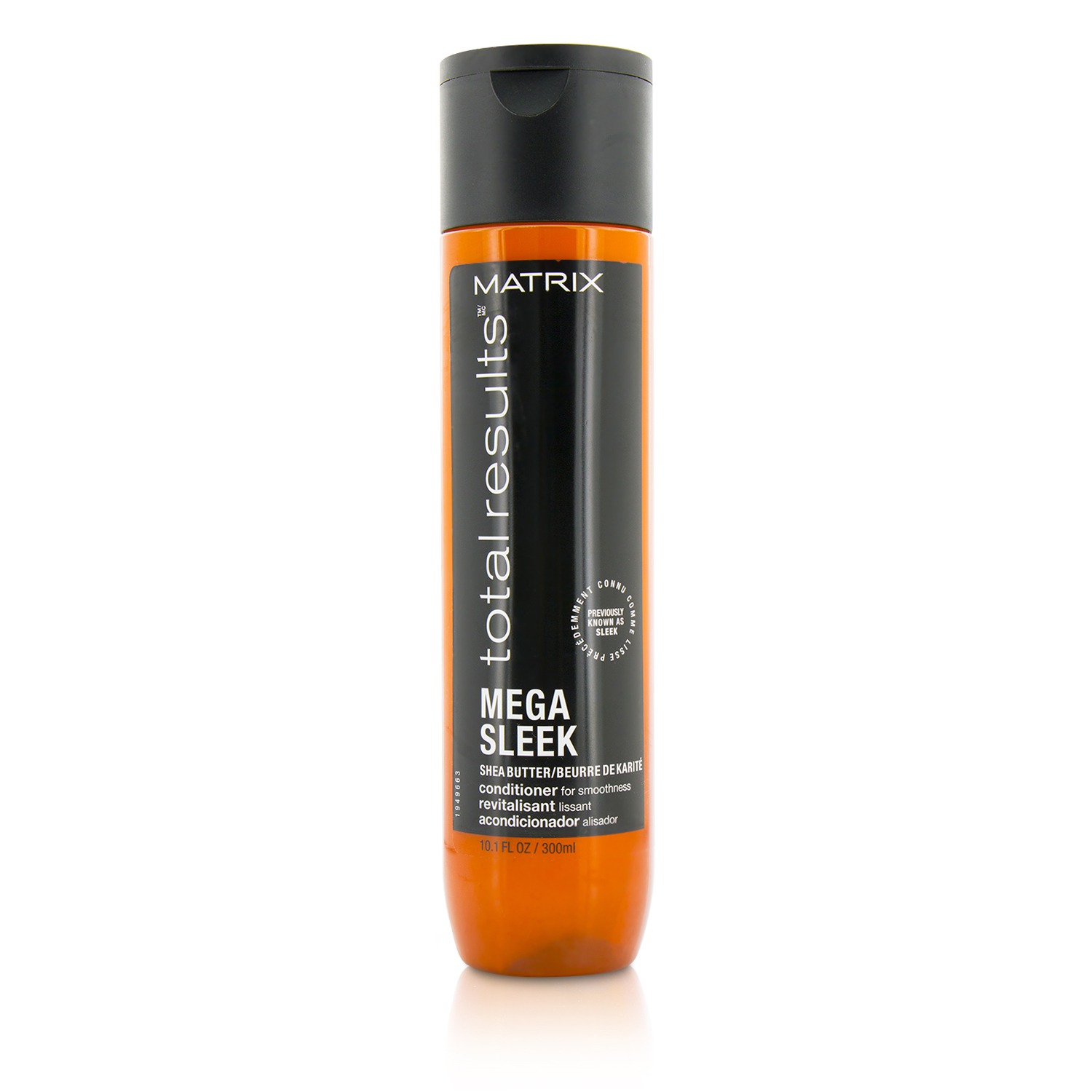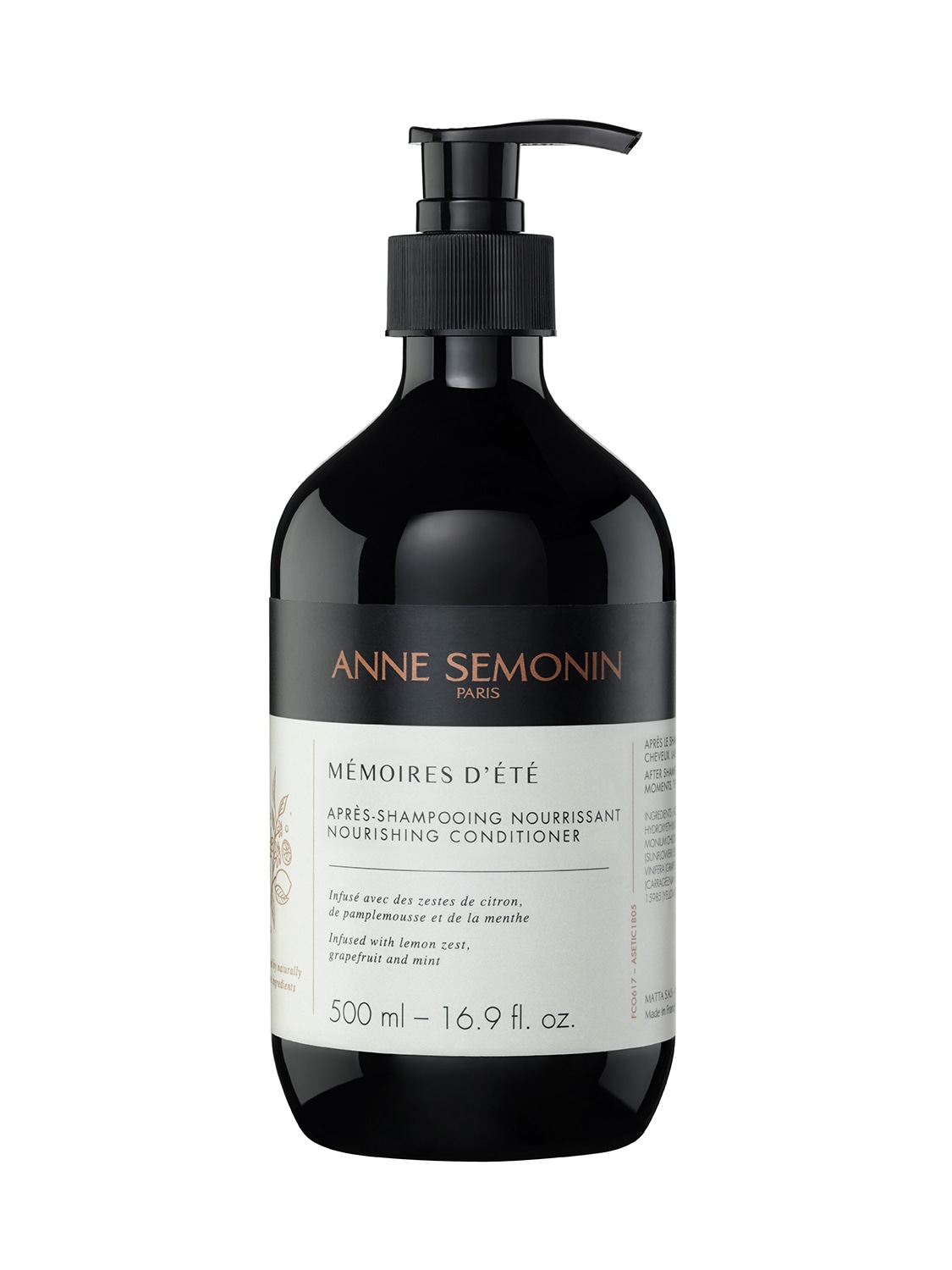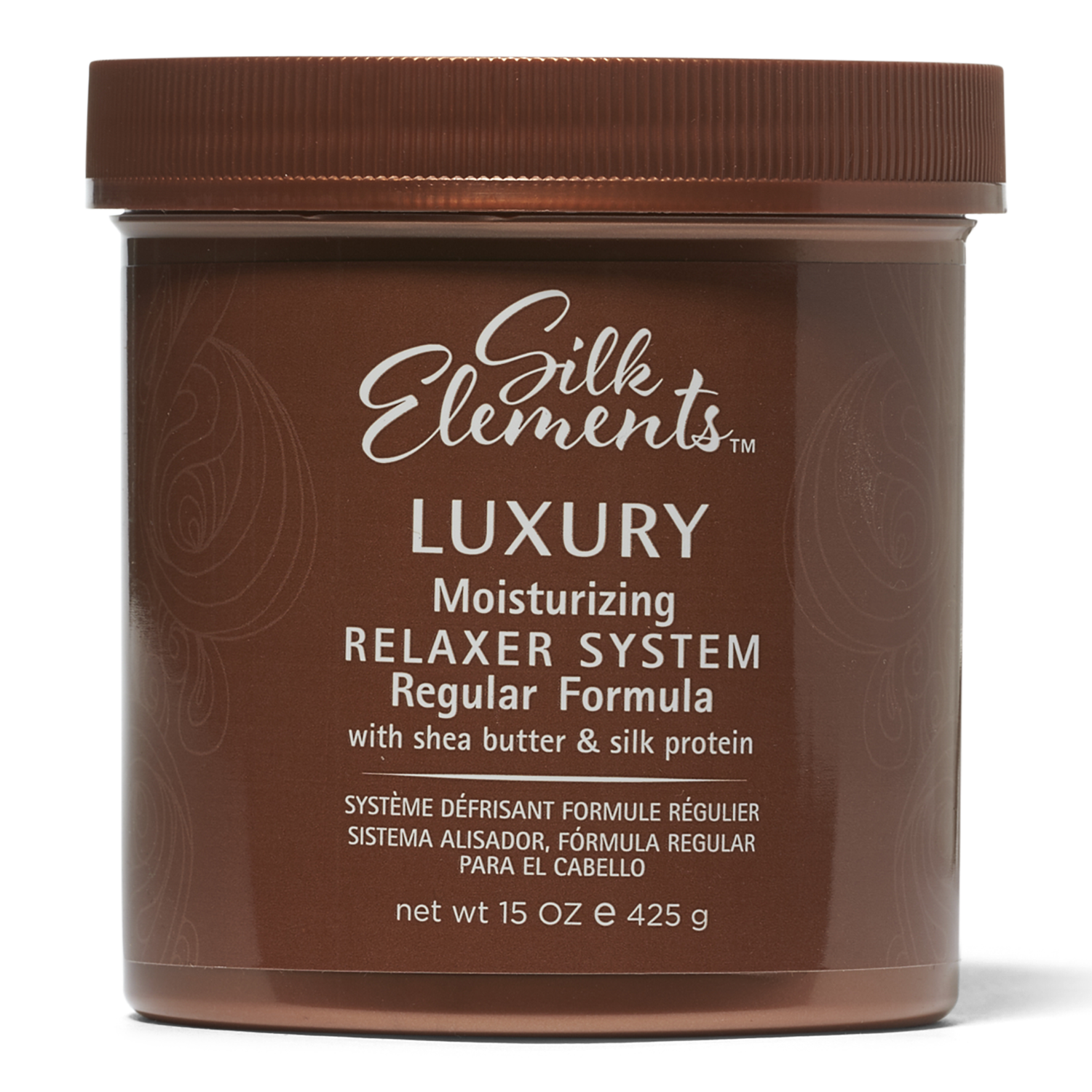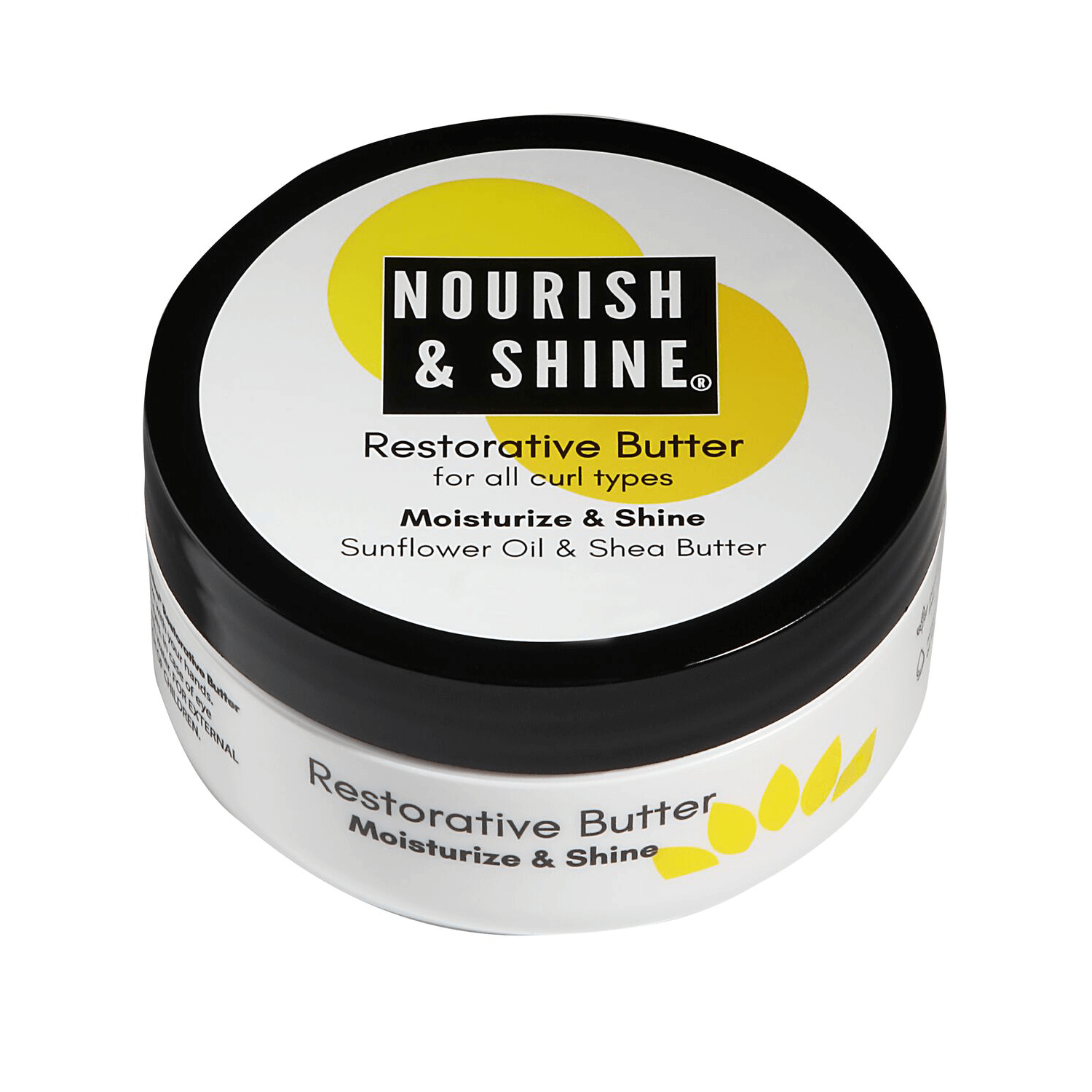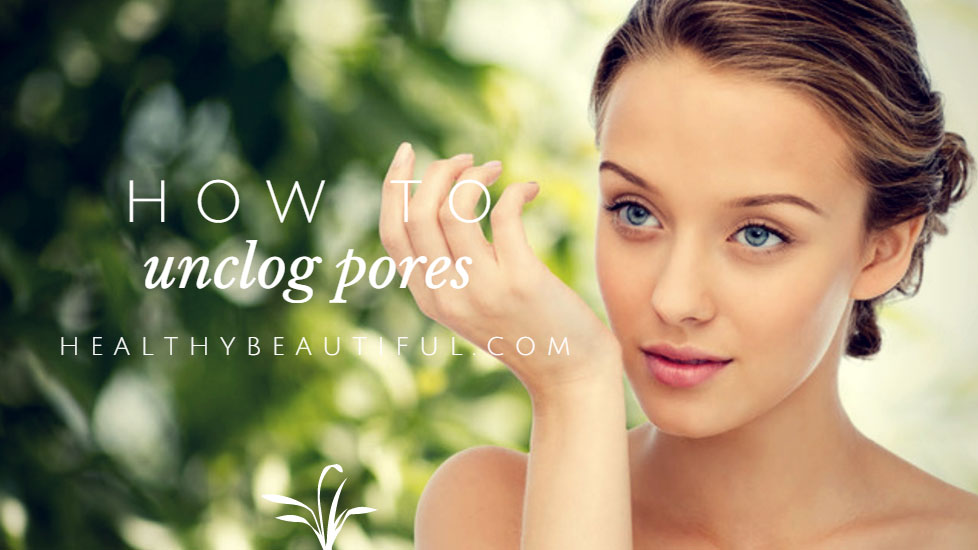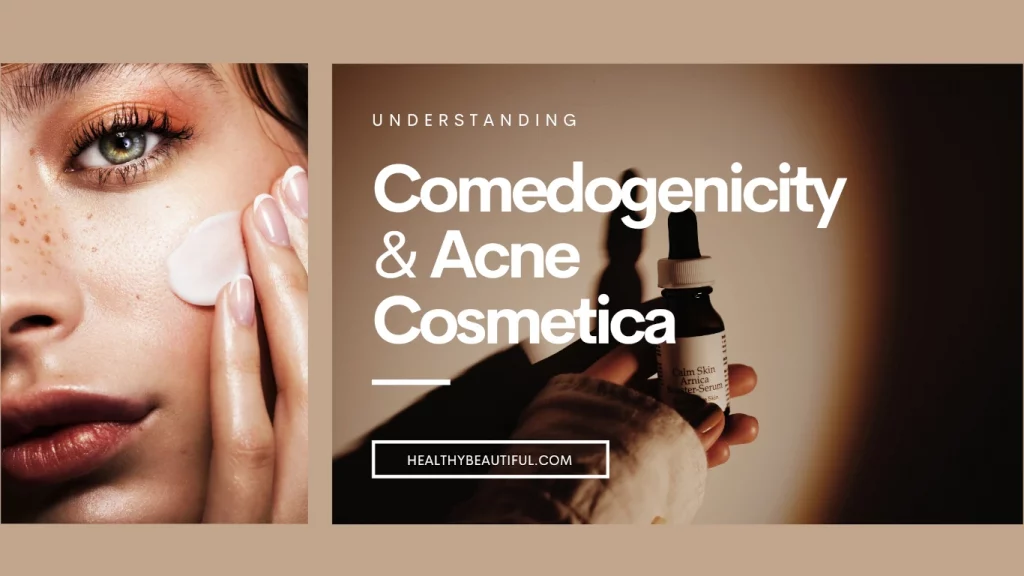Is Shea Butter Comedogenic?
Shea butter can have a comedogenic rating of 0 to 2, which means it has a low to moderate likelihood of clogging pores and causing acne.
But be aware that not all shea butter products are formulated and created equal.
These ratings can fluctuate depending on quality, climate, soil conditions, and the method used to extract and refine shea butter.
Personal factors such as skin type, skin condition, other skincare products used in conjunction with it can also affect shea butter's comedogenicity on an individual.
Some people with acne-prone skin may experience breakouts or clogged pores when using shea butter due to its heavy texture, while others may find it helpful for moisturizing and soothing their skin.
It's important to patch test and monitor your skin's reaction when incorporating shea butter into your skincare routine.
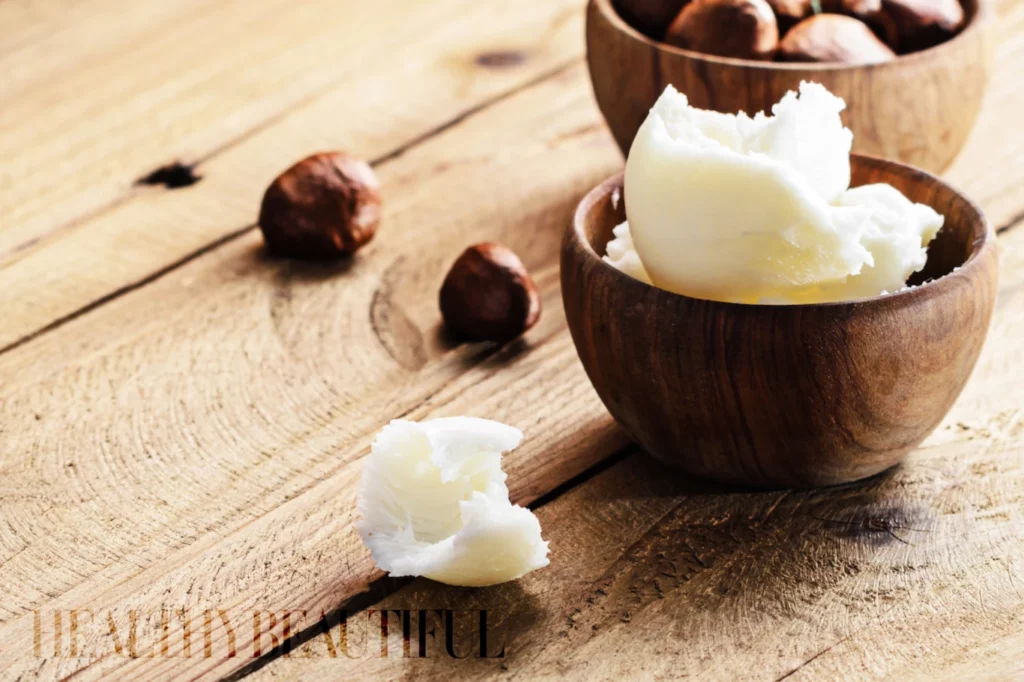
Key Ideas:
- Shea butter is a popular ingredient in skincare due to its moisturizing and anti-inflammatory properties.
- Dermatologists recommend shea butter for various skin concerns, including dryness, eczema, and inflammation.
- Comedogenicity refers to an ingredient's ability to clog pores, leading to acne and other skin issues.
- The formulation of a skincare product can affect its comedogenicity, particularly for those with acne-prone skin. Products that are thick, heavy, or greasy may clog pores and contribute to breakouts.
- Shea butter has a comedogenic rating of 0-2, which is unlikely to clog pores and is generally considered safe for most skin types.
- When buying shea butter, opt for raw, unrefined, and organic options, as they are less likely to contain additional ingredients or additives that may exacerbate skin issues or cause allergic reactions.
- Is Shea Butter Comedogenic?
- A Primer on Shea Butter (Vitellaria paradoxa, formerly Butyrospermum parkii)
- Pros & Cons of Shea Butter for Skincare
- The Origins of Shea Butter
- Chemical Composition of Shea Butter
- Benefits of Shea Butter for Skin
- Different Ways Shea Butter is Used in Skincare
- Comedogenicity and the Skin
- Research on Shea Butter's Comedogenicity
- Real-World Experience with Shea Butter
- Using Shea Butter in Skincare
- Did You Know: Shea Butter Edition
- Frequently Asked Questions:
- References:
A Primer on Shea Butter (Vitellaria paradoxa, formerly Butyrospermum parkii)
Have you heard conflicting information about whether shea butter is comedogenic?
Comedogenicity refers to a substance's ability to clog pores and cause acne breakouts, and it's an important consideration for anyone with acne-prone skin.
Shea butter is a common ingredient in skincare products due to its emollient and anti-inflammatory properties. However, there has been some controversy about its indications and recommended use, especially for acne-prone skin.
As a dermatologist, I primarily recommend products with shea butter for dry, reactive skin. It's especially helpful for skin concerns such as eczema, psoriasis, and skin irritation.
In this article, we'll examine scientific research on shea butter's comedogenicity and explore real-world experiences with the ingredient. This will help you better understand what shea butter is and whether it would be a good addition to your skincare routine.
Video: Skin Care : How Do I Use Pure Shea Butter?
Pros & Cons of Shea Butter for Skincare
Video: SHEA BUTTER FOR SKIN & HAIR by Dr DRAY, DERMATOLOGIST
Pros:
- Moisturizing – Shea butter is known for its ability to deeply hydrate and nourish the skin, making it an effective moisturizer for dry or dehydrated skin.
- Anti-inflammatory – Shea butter contains compounds that have been shown to have anti-inflammatory effects, which can be beneficial for soothing irritated or inflamed skin.
- Non-comedogenic – While some people with sensitive and acne-prone skin may experience clogged pores or breakouts when using shea butter, it is generally considered non-comedogenic and can be a good option for those with normal to dry skin.
- Contains antioxidants – Shea butter contains antioxidants like vitamin E and catechins, which can help protect the skin from damage caused by free radicals and environmental stressors.
- Versatile – Shea butter can be used on its own as a moisturizer or incorporated into various skincare products like creams, balms, and serums.
Cons:
- Heavy texture – Shea butter has a thick, heavy texture that can feel greasy or oily on the skin, which may not be suitable for everyone.
- Potential for clogged pores – While shea butter is generally considered non-comedogenic, some people may experience clogged pores or breakouts when using it.
- Can be difficult to work with – Shea butter has a solid texture at room temperature and can be challenging to incorporate into homemade skincare products without melting it first.
- Scent – Some people may find the natural scent of shea butter unpleasant or overpowering.
- Allergies – While rare, some people may be allergic to shea butter and experience skin irritation or other allergic reactions.

The Origins of Shea Butter
Shea butter is a natural fat extracted from the nuts of the shea tree, which is native to West Africa.
Shea butter has been used for centuries in Africa as a moisturizer, cooking oil, and even a form of currency.
Today, shea butter is a popular ingredient in many skincare products due to its emollient properties, which help to soften and smooth the skin.
Chemical Composition of Shea Butter
Shea butter is composed of various fatty acids, including oleic acid, stearic acid, and linoleic acid.
These fatty acids give shea butter unique properties, including its ability to moisturize and protect the skin.
- Oleic acid is a monounsaturated fatty acid known for its moisturizing properties. It helps to soften and smooth the skin and is particularly beneficial for dry or aging skin. This can be comedogenic for some people, meaning it can clog pores and contribute to acne breakouts. However, it is not necessarily problematic for everyone and can have anti-inflammatory properties, which may benefit those with inflammatory acne.
- Stearic acid is a saturated fatty acid that is commonly used in skincare as an emollient. It helps to lock in moisture and protects the skin from environmental damage. This has a low comedogenic rating, making it less likely to clog pores and cause acne breakouts.
- Linoleic acid is an essential fatty acid responsible for maintaining the skin's barrier function. It helps to keep the skin hydrated and can also help to reduce inflammation. Studies have shown that those with acne-prone skin tend to have lower levels of linoleic acid in their sebum, and increasing the amount of linoleic acid in the skin can help to reduce inflammation and acne lesions.
The % composition of fatty acids in shea butter can vary depending on the source and processing method of the shea butter.
However, studies have shown that shea butter typically contains around:
- Oleic acid: 40-60%
- Stearic acid: 20-50%
- Linoleic acid: 3-11%
These percentages can fluctuate slightly depending on climate, soil conditions, and the method used to extract and refine shea butter.
However, overall, the fatty acid composition of shea butter is relatively consistent and contributes to its unique benefits for the skin.
Benefits of Shea Butter for Skin
In addition to its emollient properties, shea butter has several potential benefits for the skin, including:
- Moisturizing – Shea butter is rich in fatty acids and vitamins, making it an excellent skin moisturizer. It helps keep the skin hydrated, soft, and supple.
- Anti-inflammatory – Shea butter has anti-inflammatory properties that can help to soothe and calm irritated skin. It can be helpful for conditions such as eczema, psoriasis, and rosacea.
- Anti-aging – Shea butter contains antioxidants that can help to reduce the signs of aging. It can help improve the skin's elasticity and reduce the appearance of fine lines and wrinkles.
- Protecting – Shea butter has a natural SPF of around 6, which can help to protect the skin from the sun's harmful UV rays.
- Healing – Shea butter has been shown to have wound-healing properties. It can be helpful for minor cuts, burns, and abrasions.
Be aware that not all shea butter products are created equal, and the benefits can vary depending on the quality and purity of the shea butter used.
It's always a good idea to look for shea butter that is unrefined and minimally processed to ensure that you are getting the most benefits for your skin.
Different Ways Shea Butter is Used in Skincare
With its versatile properties and natural origins, shea butter has become a popular ingredient in many skincare products.
Here are some common ways shea butter is used in skincare:
- Moisturizer – Shea butter is an excellent moisturizer that can be used as a standalone or ingredient in moisturizing products.
- Body butter – Shea butter is often used in body butter formulations, which are thicker and more emollient than regular moisturizers. Body butters are great for dry or rough skin areas like elbows and knees.
- Lip balm – Shea butter can be used as a lip balm to keep the lips moisturized and prevent chapping.
- Hand cream – Shea butter is a common ingredient in hand creams as it helps to moisturize and soothe dry, chapped hands.
- Hair conditioner – Shea butter can be used as a hair conditioner to help moisturize and nourish the hair.
- Stretch mark cream – Shea butter is often used in stretch mark creams as it may help to improve skin elasticity and reduce the appearance of stretch marks.
- Eczema and psoriasis – Shea butter may help to soothe and relieve the symptoms of eczema and psoriasis due to its anti-inflammatory properties.
- Anti-aging cream – Shea butter is a common ingredient in anti-aging creams as it may help to improve skin elasticity and reduce the appearance of fine lines and wrinkles.
Comedogenicity and the Skin
Comedogenicity measures how likely an ingredient is to clog pores and contribute to the formation of comedones, which are non-inflammatory acne lesions such as black and whiteheads.
Understanding comedogenicity can give you a leg up in choosing the right products, especially if you're prone to acne.
How Comedogenicity Relates to Acne-Prone Skin
If you have acne-prone skin, highly comedogenic products can exacerbate acne and make it more difficult to clear.
While the comedogenic rating of an ingredient isn't the only factor to consider when selecting skincare products, it's an important consideration for those with acne-prone skin.
Choosing non-comedogenic products can minimize the likelihood of clogged pores and reduce the risk of breakouts.
Related: Understanding Comedogenicity & Acne Cosmetica
Comedogenic Scale and Its Ratings
The comedogenic scale is a system that rates the comedogenicity of different substances on a scale from 0 to 5, with 0 being non-comedogenic and 5 being highly comedogenic.
| Comedogenic Scale | Cosmetic Oil |
|---|---|
| 0 | Argan oil, Hemp seed oil, Sunflower oil, Safflower oil, Shea butter |
| 1 | Sweet almond oil, Grapeseed oil, Castor oil, Rosehip oil |
| 2 | Jojoba oil, Olive oil, Apricot kernel oil, Evening primrose oil |
| 3 | Coconut oil, Avocado oil |
| 4 | Cocoa butter, Wheat germ oil |
Substances with a higher rating on the comedogenic scale are more likely to clog pores and cause acne.
However, comedogenicity can be heavily influenced by factors such as product formulation, your skin type, your current skin condition, and the percentage of said ingredients used in the product.
It is also important to consider the other ingredients in a product and how they may interact with the skin.
A skincare professional, such as a dermatologist, can help recommend products best suited to an individual's skin type and condition.
Top 6 Steps to Unclog Your Pores & Refine Your Skin
Understanding Comedogenicity & Acne Cosmetica
Research on Shea Butter's Comedogenicity
There have been several studies on the comedogenicity of shea butter, and the findings have been mixed.
One study cited in a source tested the comedogenic potential of shea butter on human subjects. The study involved 10 volunteers with acne-prone skin who applied a cream containing shea butter to their faces for four weeks. The researchers evaluated the participants' skin for comedones (clogged pores) and found no significant increase after four weeks.
It should be noted, however, that this study only involved a small number of participants and was conducted over a relatively short period of time. Additionally, comedogenicity can be influenced by factors such as skin type and condition, and the results may not be applicable to everyone.
Other studies or research on shea butter's comedogenicity have yielded mixed results as well. Some studies suggest that shea butter is non-comedogenic, while others suggest that it may have a mild to moderate comedogenic effect.
Please keep in mind that while comedogenicity is a factor to consider when selecting skincare products, it is not the only factor.
Shea butter has many beneficial properties for the skin, such as its moisturizing and anti-inflammatory effects, and its overall impact on the skin may outweigh its comedogenic potential for some individuals.
In conclusion, the available research on shea butter's comedogenicity is inconclusive, and its comedogenic rating may vary depending on individual factors. Further research is needed to understand the comedogenic potential of shea butter fully.
As with any skincare ingredient, you should consider an individual's skin type and condition when selecting products, and consulting with a skincare professional can provide personalized recommendations.
Real-World Experience with Shea Butter
Anecdotal evidence from people who have used shea butter in their skincare routines suggests that its comedogenicity can vary from person to person. Some individuals report no issues with using shea butter on their skin, while others may experience breakouts or clogged pores.
There are several reasons why some people may experience issues with shea butter.
One reason could be that they have particularly sensitive or acne-prone skin, which may be more susceptible to clogged pores. Another reason could be that shea butter is not properly formulated or is mixed with other ingredients that may be comedogenic.
Additionally, individual factors can affect the comedogenicity of shea butter. Skin type, for example, can play a role in how the skin reacts to different ingredients. Those with oily or acne-prone skin may be more susceptible to clogged pores, while those with dry or sensitive skin may have a different experience. Other skincare products used in conjunction with shea butter can also affect its comedogenic potential.
Keeping in mind that while anecdotal evidence can be helpful in understanding how an ingredient may affect the skin, it is not a substitute for scientific research. However, it can provide valuable insights into how individuals may react to certain ingredients.
In conclusion, while the research on shea butter's comedogenicity is inconclusive, real-world experience suggests that its comedogenic potential can vary from person to person. Consider individual factors, such as skin type and other skincare products used, when incorporating shea butter into a skincare routine.
Consulting with a skincare professional can also provide personalized recommendations for those concerned about the comedogenicity of their skincare products.
Using Shea Butter in Skincare
As a dermatologist, we can provide recommendations and advice for those with acne-prone skin who still wish to use shea butter in their skincare routine.
Here are some tips for incorporating shea butter into a skincare routine without exacerbating your acne:
- Patch test first – Before using shea butter all over your face, patch test it on a small area of skin first. This can help you determine if you are sensitive to the ingredient and avoid potential breakouts.
- Use a small amount – With its heavy texture, use a small amount especially if you have oily or acne-prone skin. Applying too much can lead to clogged pores and breakouts.
- Choose high-quality, unrefined shea butter – High-quality shea butter is less likely to contain impurities that can clog pores. Look for unrefined shea butter that has been cold-pressed to retain its natural nutrients.
- Use in conjunction with non-comedogenic products – To minimize the risk of breakouts, use shea butter in combination with non-comedogenic skincare products. This can help prevent clogged pores and promote clear skin.
Alternative ingredients that can be used instead of shea butter include:
- Jojoba oil – This lightweight oil is non-comedogenic and has similar moisturizing properties to shea butter.
- Squalane – This lightweight oil is derived from olives and is non-comedogenic. It has excellent hydrating properties and can help improve skin texture and tone.
- Aloe vera gel – This cooling, soothing gel can be used to hydrate and soothe the skin without clogging pores.
In conclusion, while shea butter has a low comedogenic rating, approach its use with caution. Patch testing and using small amounts in conjunction with non-comedogenic products can help minimize the risk of breakouts.
Did You Know: Shea Butter Edition
Why Shea Butter is Good for Skin
Shea butter is good for the skin due to its rich composition of fatty acids, vitamins, and antioxidants. The fatty acids in shea butter, such as oleic acid, stearic acid, and linoleic acid, are easily absorbed by the skin, helping to moisturize and nourish it.
Shea butter also contains vitamins A and E, which have anti-inflammatory properties and help to protect the skin from environmental damage. In addition, shea butter contains antioxidants, such as catechins and epicatechins, which help to neutralize free radicals and prevent premature aging of the skin.
Overall, shea butter is a natural and effective ingredient that can help to keep the skin healthy, hydrated, and youthful-looking.
Why Shea Butter is Bad for Skin
Shea butter is generally considered safe and beneficial for most skin types, but it can cause issues for some individuals.
Here are some reasons why shea butter may not be suitable for everyone:
- Comedogenicity – As discussed earlier, shea butter can have a mild comedogenic rating of 0-2 depending on the product and source, which means it has the potential to clog pores and cause breakouts in some people with acne-prone skin.
- Allergies – Shea butter is a tree nut product, and some people may have an allergic reaction to it. Symptoms can range from mild (itching, redness) to severe (swelling, difficulty breathing).
- Sensitivity – Even if someone isn't allergic to shea butter, they may still be sensitive to it. This can cause irritation, redness, and discomfort.
- Heavy texture – Shea butter has a thick, heavy texture that may not be suitable for all skin types. Some people may find it too greasy or difficult to absorb.
- Quality – The quality of shea butter can vary depending on how it is processed and where it comes from. Poor quality shea butter may be contaminated or mixed with other ingredients that could be harmful to the skin.
Shea Butter for Acne
Shea butter can potentially benefit acne-prone skin due to its anti-inflammatory and moisturizing properties. It can help soothe inflamed skin and provide hydration, which can be beneficial in managing acne. Additionally, shea butter contains vitamins A and E, which can help improve the overall health and appearance of the skin.
However, keep in mind that shea butter's comedogenicity can vary based on the formulation of the product and individual factors. Your skin type, skin condition, and other skincare products should all be considered. Some people may find that shea butter exacerbates their acne, while others may not experience any negative effects.
If you have acne-prone skin and want to incorporate shea butter into your skincare routine, it is recommended to do a patch test first to see how your skin reacts. Additionally, look for shea butter products labeled as non-comedogenic, and avoid using shea butter in large amounts or as the sole moisturizer in your routine.
Shea Butter for Acne Scars
Shea butter has been touted as a natural remedy for acne scars. It contains various compounds that have been shown to have skin-healing properties, including oleic acid, stearic acid, and linoleic acid. These compounds are believed to help reduce inflammation, soothe the skin, and promote collagen production, which can help reduce the appearance of acne scars over time.
To use shea butter for acne scars, apply a small amount of raw, unrefined shea butter to the affected areas of the skin. Massage the shea butter into the skin using gentle circular motions, allowing it to absorb fully.
It's best to use shea butter at night, as it can be pretty heavy and greasy on the skin.
Please remember that while shea butter may help reduce the appearance of acne scars, it may not be effective for all types of scarring. Deep and pitted scars may require more intensive treatments, such as chemical peels or laser resurfacing.
Additionally, if you have acne-prone skin, always choose high-quality, non-comedogenic shea butter to avoid clogging pores and exacerbating breakouts.
Shea Butter for Acne Prone Skin
Shea butter has been known to have moisturizing and nourishing properties, making it a popular ingredient in many skincare products, including those marketed for acne-prone skin.
However, some people with acne-prone skin may find shea butter clogs their pores and exacerbates their breakouts. This is because some products with shea butter can be heavy on the skin, which means it has the potential to clog pores and cause pimples.
That being said, some people with acne-prone skin have found that shea butter does not aggravate their acne and can actually improve the appearance and texture of their skin. It ultimately depends on individual skin type and how shea butter is used.
If you have acne-prone skin and want to use shea butter in your skincare routine, it's advisable to do a patch test first to see how your skin reacts. You can also look for products that contain shea butter but have additional ingredients known to be non-comedogenic, such as niacinamide, hyaluronic acid, and ceramides.
Shea Butter for Acne Dark Spots
Shea butter may help reduce the appearance of dark spots caused by acne. This is because it contains vitamin E and other antioxidants that can help to brighten and even out the skin tone.
Additionally, shea butter has anti-inflammatory properties that may help to reduce the redness and swelling associated with acne breakouts, which can also contribute to the formation of dark spots.
However, you should be aware that results may vary depending on the severity of the dark spots and individual skin type. Consistency and patience with using shea butter in a skincare routine may be necessary to see noticeable results.
Shea Butter for Acne & Oily Skin
Shea butter is considered to have a relatively low comedogenic rating, which means it is less likely to clog pores and contribute to acne.
However, using shea butter in excess or without proper cleansing can still lead to breakouts for those with oily skin. It's important to use a small amount of shea butter and to make sure the skin is clean before applying it to avoid trapping excess oil and bacteria on the skin.
Additionally, incorporating other non-comedogenic skincare products, like gentle cleansers and lightweight moisturizers, can help balance oil production and prevent acne.
Shea Butter for Baby Acne
Shea butter can be used to treat baby acne, which is a common skin condition that affects newborns and infants. Baby acne usually appears on the cheeks, forehead, and chin and is characterized by small red or white bumps.
Shea butter is a natural and gentle moisturizer that can help soothe and heal the skin, making it a popular choice for baby skincare.
To use shea butter for baby acne, make sure you choose high-quality, unrefined shea butter that is free of additives and chemicals.
Simply apply a small amount of shea butter to the affected area and gently massage it into the skin. Be careful not to use too much shea butter, as this can clog pores and make the acne worse.
Keep in mind that baby acne typically clears up on its own within a few weeks or months and does not require treatment. If you are concerned about your baby's skin or if acne persists or worsens, consult a healthcare professional for advice.
Shea Butter for Back Acne
Shea butter has anti-inflammatory and moisturizing properties that can benefit the skin, including the skin on the back affected by acne.
However, individual experiences can vary; some may find that shea butter exacerbates their back acne.
If you have back acne, it's best to consult a dermatologist to determine the underlying cause and appropriate treatment options.
Shea Butter for Cystic Acne
Cystic acne is a severe form of acne that occurs when the pores become blocked, causing infection and inflammation deeper within the skin.
Shea butter may not be the best option for treating cystic acne since it is a heavier, more occlusive ingredient that may clog pores and exacerbate the condition.
It is best to consult a dermatologist for effective treatment options for cystic acne.
Shea Butter for Acne & Eczema
Shea butter has been used to help soothe and manage eczema symptoms such as dryness, itchiness, and inflammation due to its moisturizing and anti-inflammatory properties.
However, keep in mind that eczema triggers can vary from person to person, so what works for one person may not work for another.
It's best to consult with a dermatologist or healthcare provider for personalized advice on managing eczema.
Additionally, using shea butter on acne-prone skin may not be suitable for everyone, so make sure to patch test and monitor for any adverse reactions.
Shea Butter for Fungal Acne
There is no definitive research on the effects of shea butter on fungal acne, also known as pityrosporum folliculitis.
However, some experts suggest that shea butter's fatty acids may have antifungal properties that could potentially help treat this type of acne.
Please keep in mind that fungal acne is a complicated condition that can require medical treatment, and using shea butter alone may not be enough to effectively manage it.
If you suspect you have fungal acne, it's best to consult with a dermatologist for an accurate diagnosis and appropriate treatment plan.
Shea Butter for Hormonal Acne
Shea butter may potentially help hormonal acne due to its anti-inflammatory properties, which can reduce the redness and inflammation associated with hormonal acne.
However, there is limited research on the specific effects of shea butter on hormonal acne. It is recommended to speak with a dermatologist or healthcare provider to determine the most effective course of treatment for hormonal acne.
Shea Butter for Acne Inflammation
Shea butter is known to have anti-inflammatory properties that may help reduce inflammation associated with acne.
It contains compounds like lupeol cinnamate and alpha-amyrin that have been found to possess anti-inflammatory effects. These compounds may help to soothe irritated skin, reduce redness and swelling, and promote skin healing.
Additionally, shea butter is a natural emollient that can help to moisturize and nourish the skin, which can help to improve the overall health and appearance of the skin.
However, you should be aware that the effectiveness of shea butter for acne inflammation may vary depending on individual factors like skin type, severity of acne, and other skincare products used.
It is always recommended to consult with a dermatologist before incorporating any new skincare products into your routine.
Frequently Asked Questions:
References:
- Honfo, F. G., Akissoe, N., Linnemann, A. R., Soumanou, M., & Van Boekel, M. A. (2014). Nutritional composition of shea products and chemical properties of shea butter: a review. Critical reviews in food science and nutrition, 54(5), 673-686.
- Elias, M., & Carney, J. (2007). African shea butter: A feminized subsidy from nature. Africa, 77(1), 37-62.
- Chalfin, B. (2004). Shea butter republic: State power, global markets, and the making of an indigenous commodity. Routledge.
- Mital, H. C., & Dove, F. R. (1971). The study of shea butter. Planta medica, 20(05), 283-288.
- Maranz, S., & Wiesman, Z. (2004). Influence of climate on the tocopherol content of shea butter. Journal of Agricultural and Food Chemistry, 52(10), 2934-2937.
- Abdul-Mumeen, I., Beauty, D., & Adam, A. (2019). Shea butter extraction technologies: Current status and future perspective. African Journal of Biochemistry Research, 13(2), 9-22.
- Okullo, J. B. L., Omujal, F., Agea, J. G., Vuzi, P. C., Namutebi, A., Okello, J. B. A., & Nyanzi, S. A. (2010). Physico-chemical characteristics of Shea butter (Vitellaria paradoxa CF Gaertn.) oil from the Shea district of Uganda. African Journal of Food, Agriculture, Nutrition and Development, 10(1).
- Peers, K. E. (1977). The non‐glyceride saponifiables of shea butter. Journal of the Science of Food and Agriculture, 28(11), 1000-1009.
- Goreja, W. G. (2004). Shea butter: the nourishing properties of Africa's best-kept natural beauty secret. TNC International Inc.
- Kar, A., & Mital, H. C. (1981). The study of shea butter. VI: The extraction of shea butter. Plant Foods for Human Nutrition, 31, 67-69.
- Schreckenberg, K. (2004). The contribution of shea butter (Vitellaria paradoxa CF Gaertner) to local livelihoods in Benin. Forest products, livelihoods and conservation. Case studies of non-timber forest product systems, 2, 91-113.
- Glew, D., & Lovett, P. N. (2014). Life cycle analysis of shea butter use in cosmetics: from parklands to product, low carbon opportunities. Journal of Cleaner Production, 68, 73-80.
- Di Vincenzo, D., Maranz, S., Serraiocco, A., Vito, R., Wiesman, Z., & Bianchi, G. (2005). Regional variation in shea butter lipid and triterpene composition in four African countries. Journal of agricultural and food chemistry, 53(19), 7473-7479.

